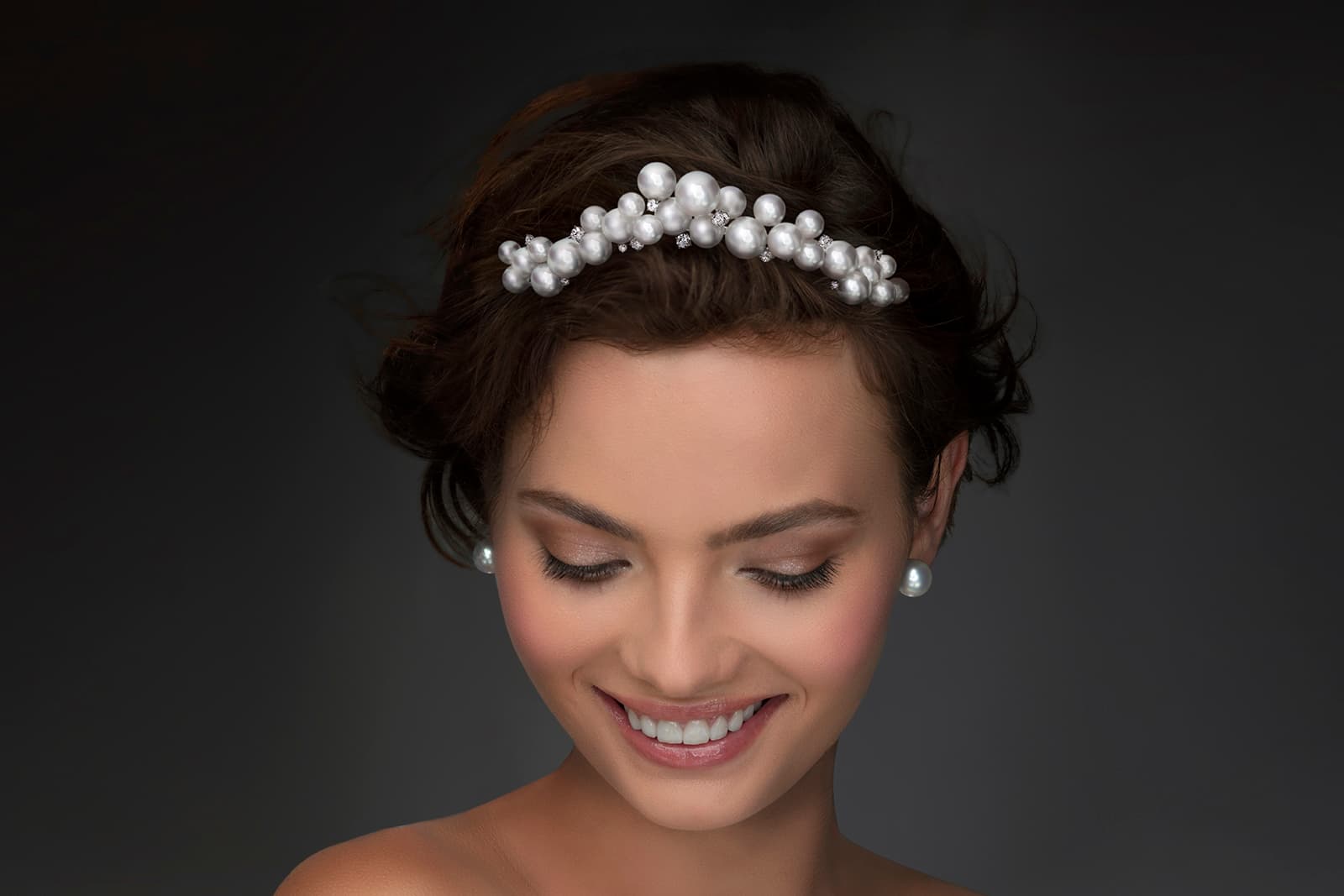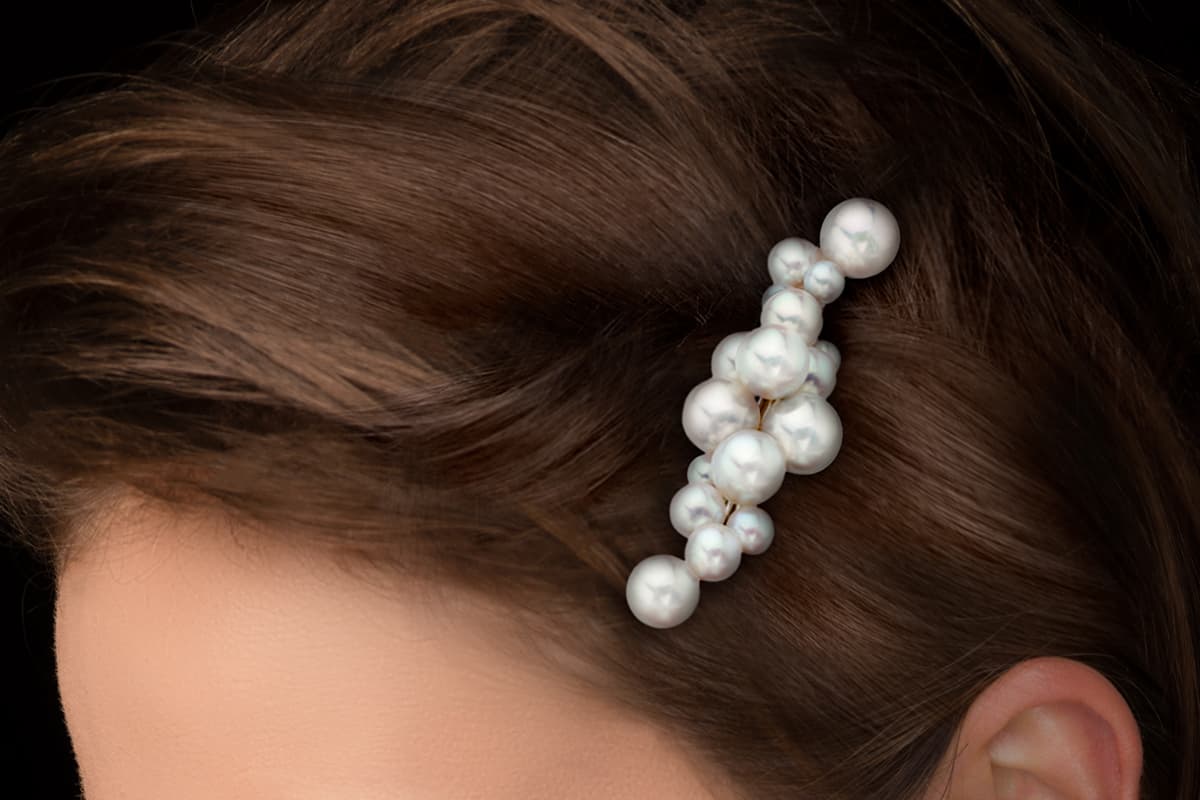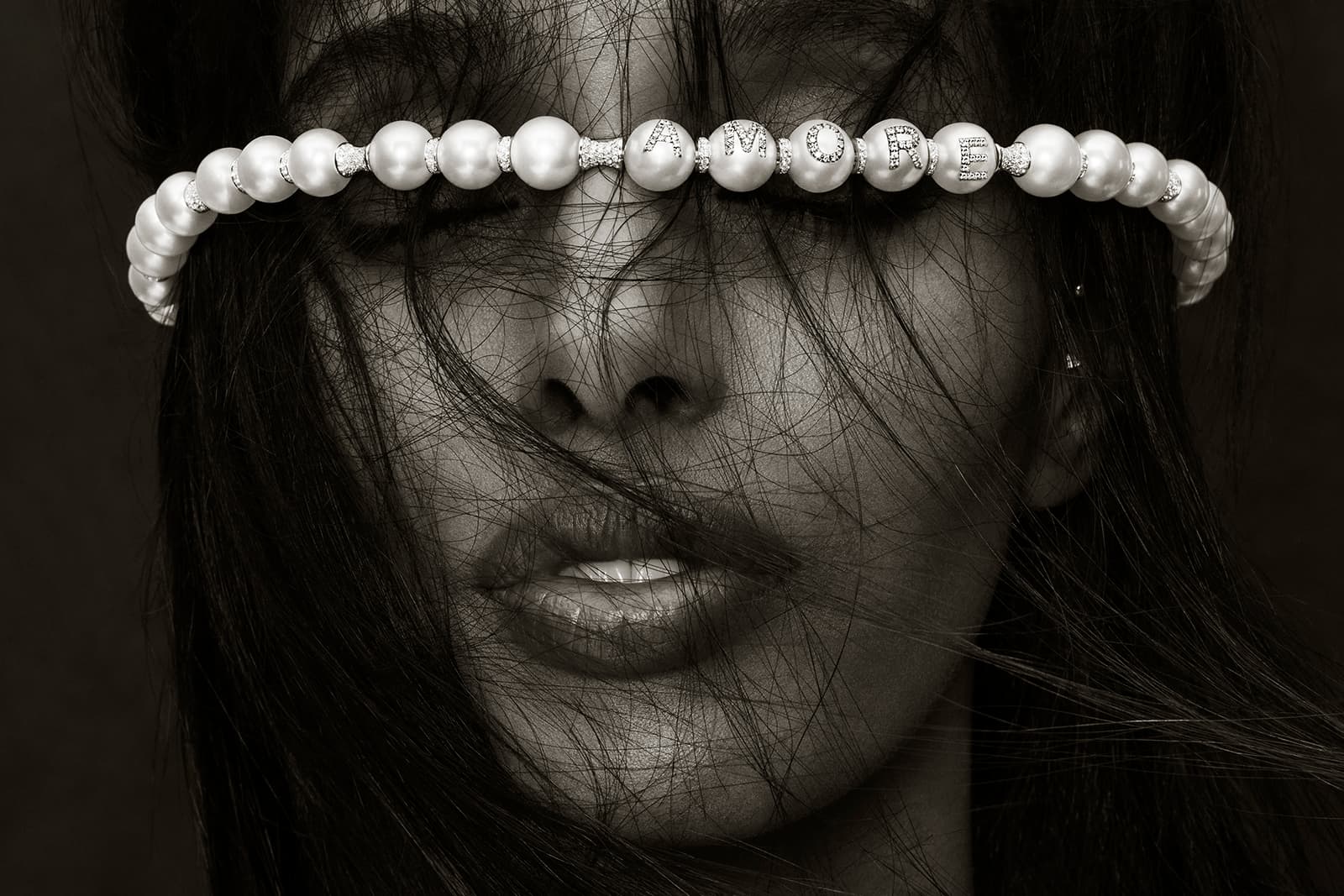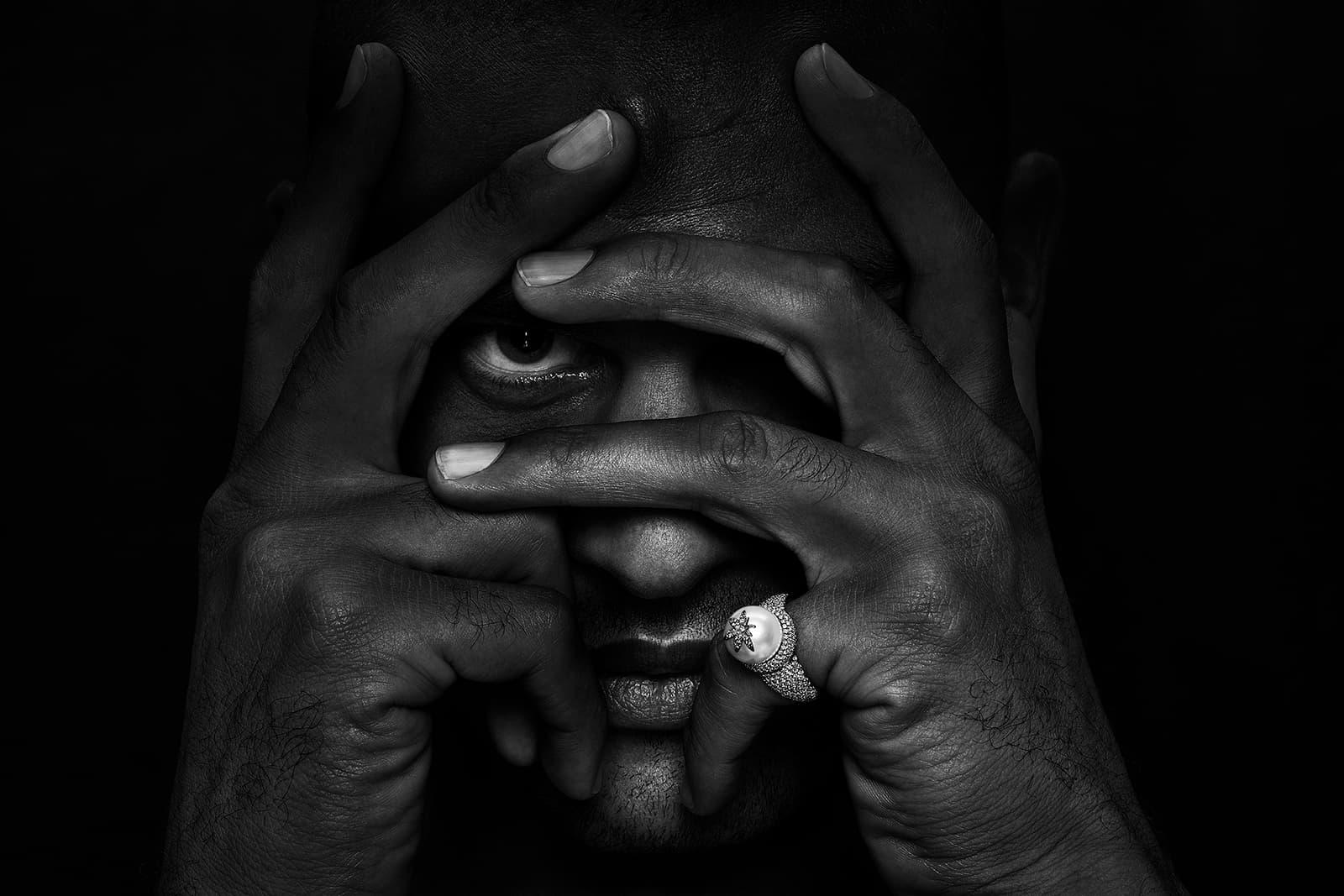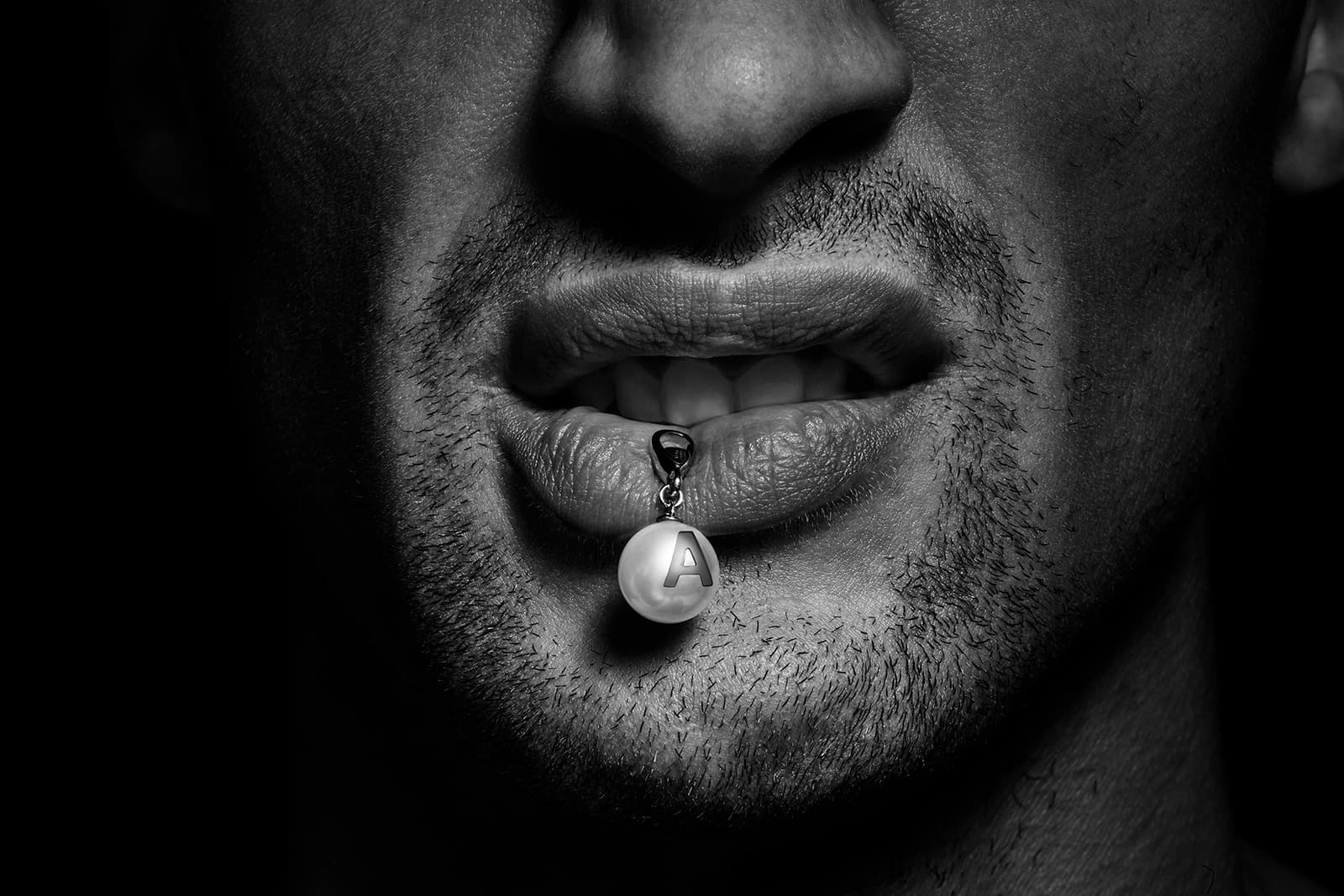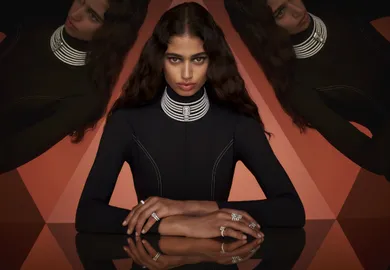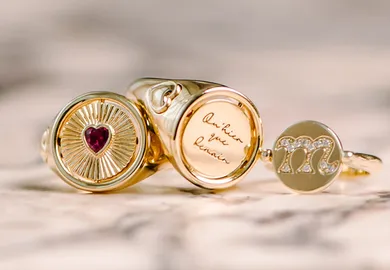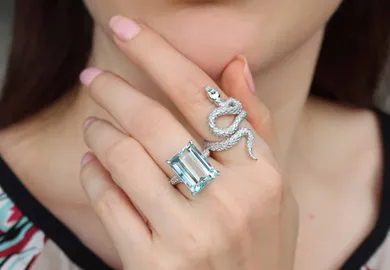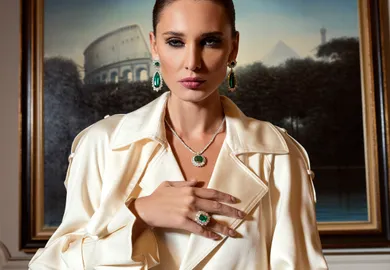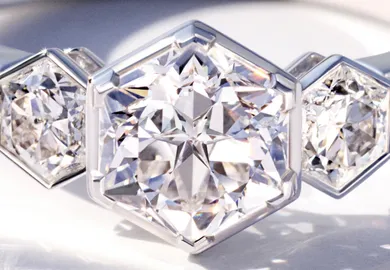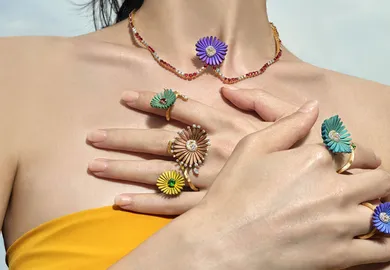

Performance Pearls: Theatrical Jewels for Creative Personalities
The traditional vision of pearls – a single strand sitting just above the collar bone, coupled with a pair of staid white pearl studs – is a far cry from the modern vision of pearl jewellery that blends theatrical, colourful and creative elements worthy of even the most gregarious attention-seeker. What was once associated with reservedness is now pulling the spotlight on the main stage and being worked and reworked in new and exciting ways. Here are some exceptional pearls to get you noticed.
Pearls have a tougher job than most other gem materials in getting swept off the shelves. This isn’t because they’re not beautiful, extraordinarily rare (in some cases) or set in remarkably inventive designs… it’s because of the reputation they carry like a weight about their lustrous shoulders. Outside of our community of jewellery aficionados, there’s still a lingering idea that pearls are the mainstay of uptight, formal dressing and twinsets with little in the way of personality.
Of course, dear reader, we know better! Pearls are a versatile resource for fine and high jewellery and are being used in numerous ways; set, carved, studded with diamonds, and decorated. They can be spherical or baroque, shades of luminous gold or deep petrol-hued black, cultured or natural, freshwater or saltwater… the list goes on. And let’s not forget mother-of-pearl – that most ubiquitous of nacreous product – as well as ‘speciality’ conch and Melo Melo pearls that aren’t nacreous at all, but rather calcareous concretions with flame-like ripples on surfaces of blush and bubblegum pink and deep yellowish-oranges, respectively.
Today’s designers have become adept at seeing the potential in pearls, whether they’re combined with coloured gemstones and diamonds, or positioned as the headline act. I especially like when pearls are ‘injected’ with gemstones – a sort of layering magic act where gems are set into baroque pearls, like the pieces of Nina Runsdorf and Little H, for example. Of course, pearls really come into their own in high jewellery, where they are chosen for their colour, size and, in much rarer cases, their completely natural origins. What unites the best designs is the spirit – the designer has looked at the pearl, ignored centuries of classicism, and has had the imagination to invent something new. Not that we needed another reason to adore jewellery, reader, but this is a good one!
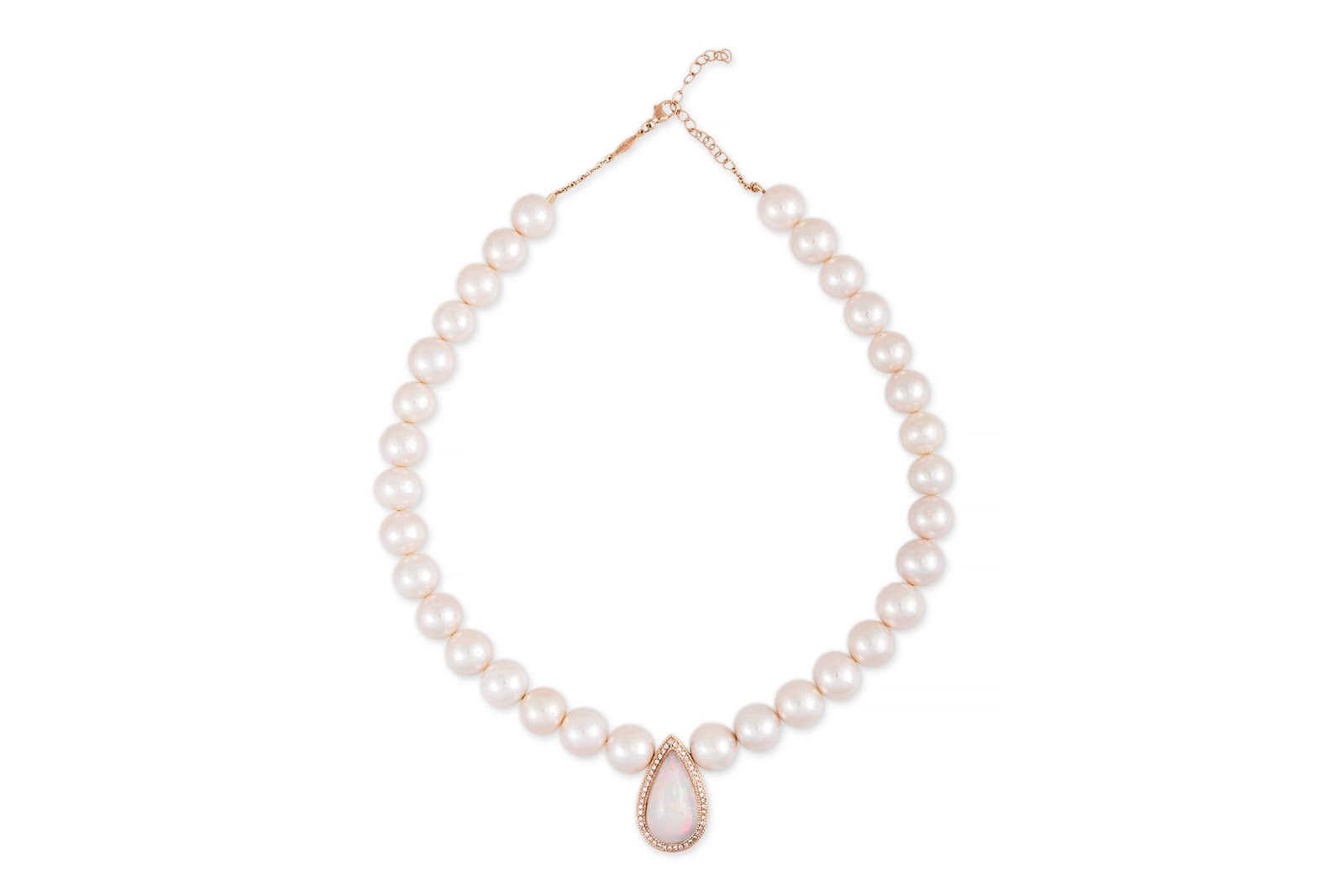
Jacquie Aiche
Jacquie Aiche
Freshwater pearl necklace with a pear-shaped opal drop and diamond pavé
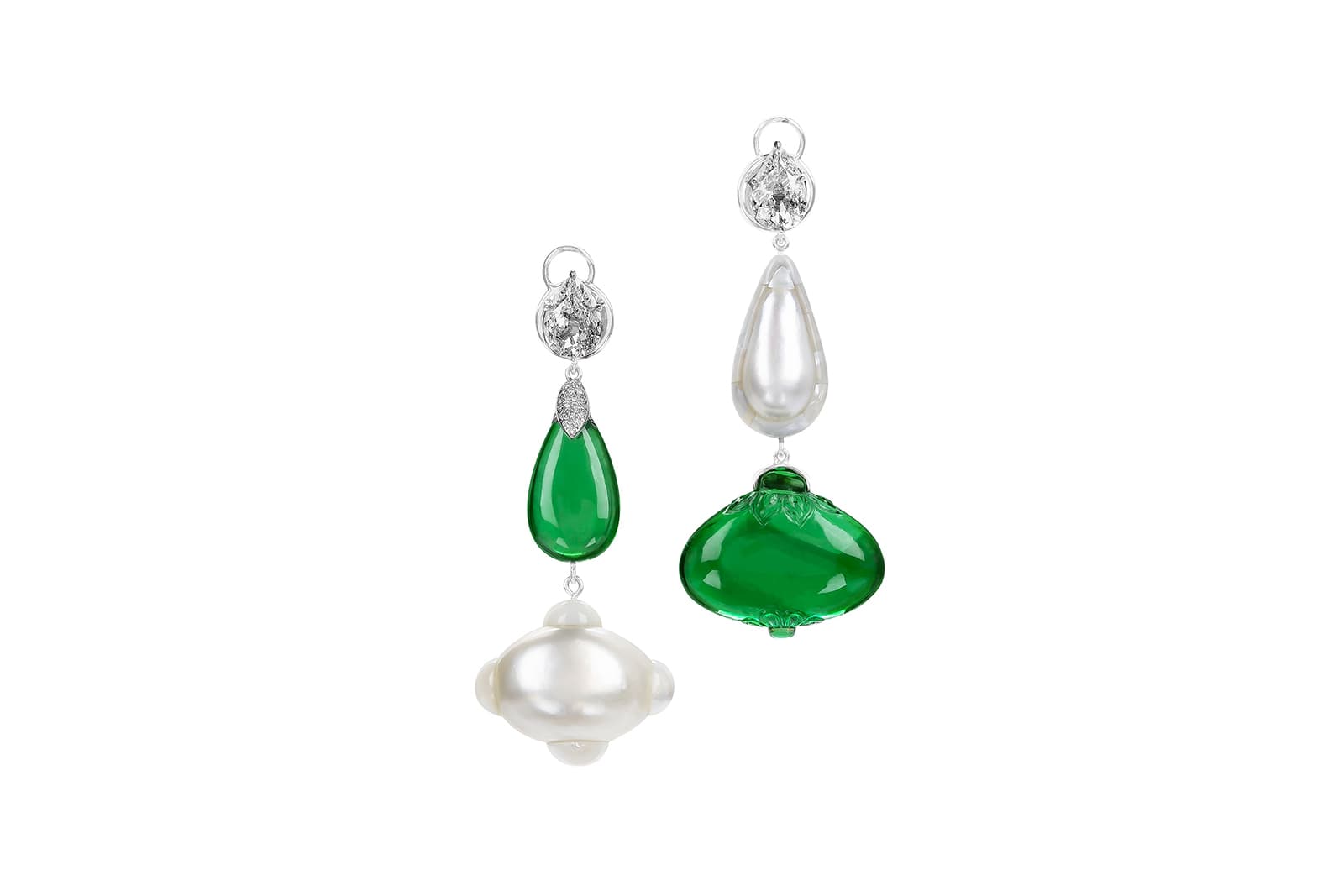
Boghossian
Boghossian
Fancy-shaped Zambian emerald and natural saltwater pearl earrings
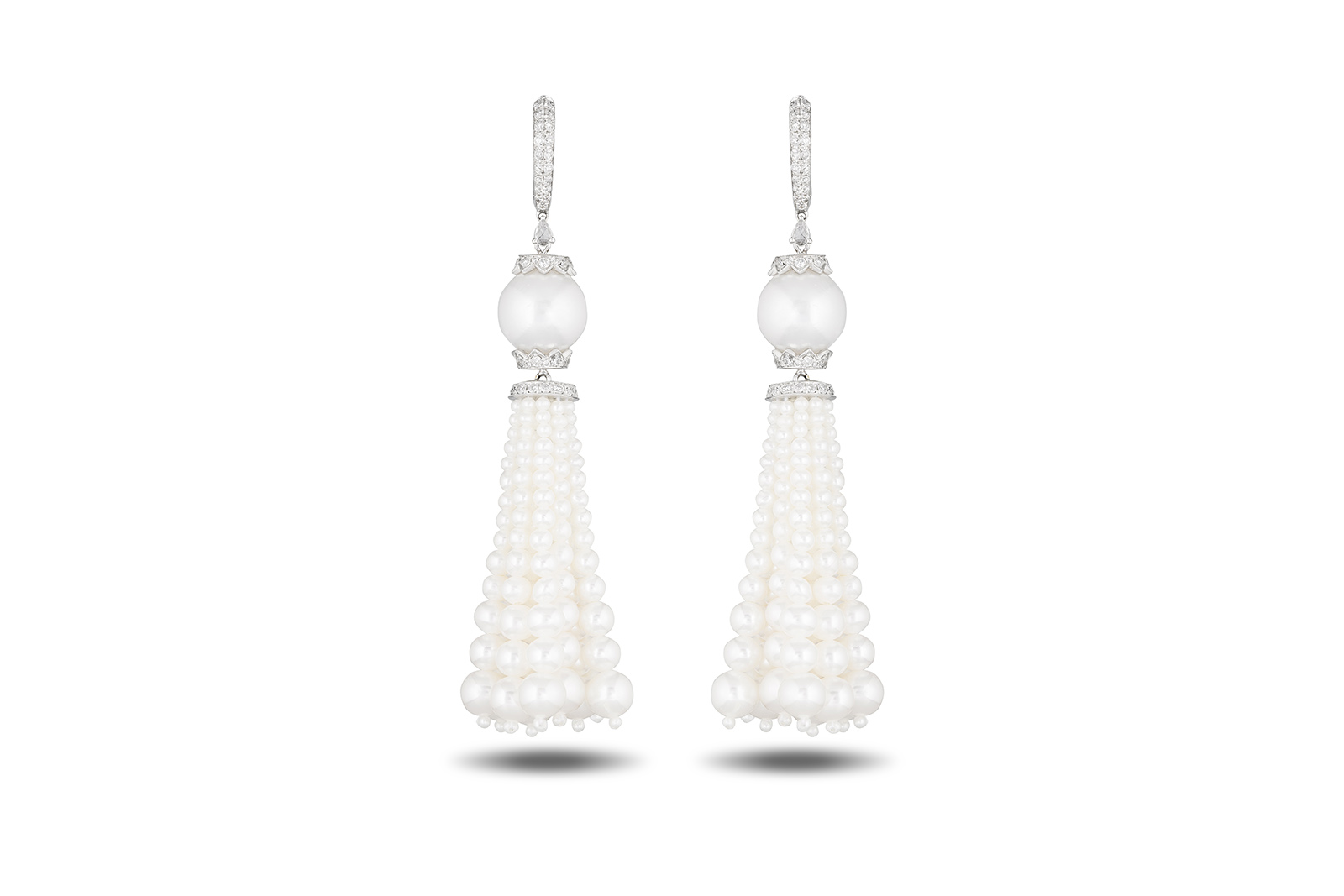
Amrapali
Amrapali
Pearl and diamond tassel earrings
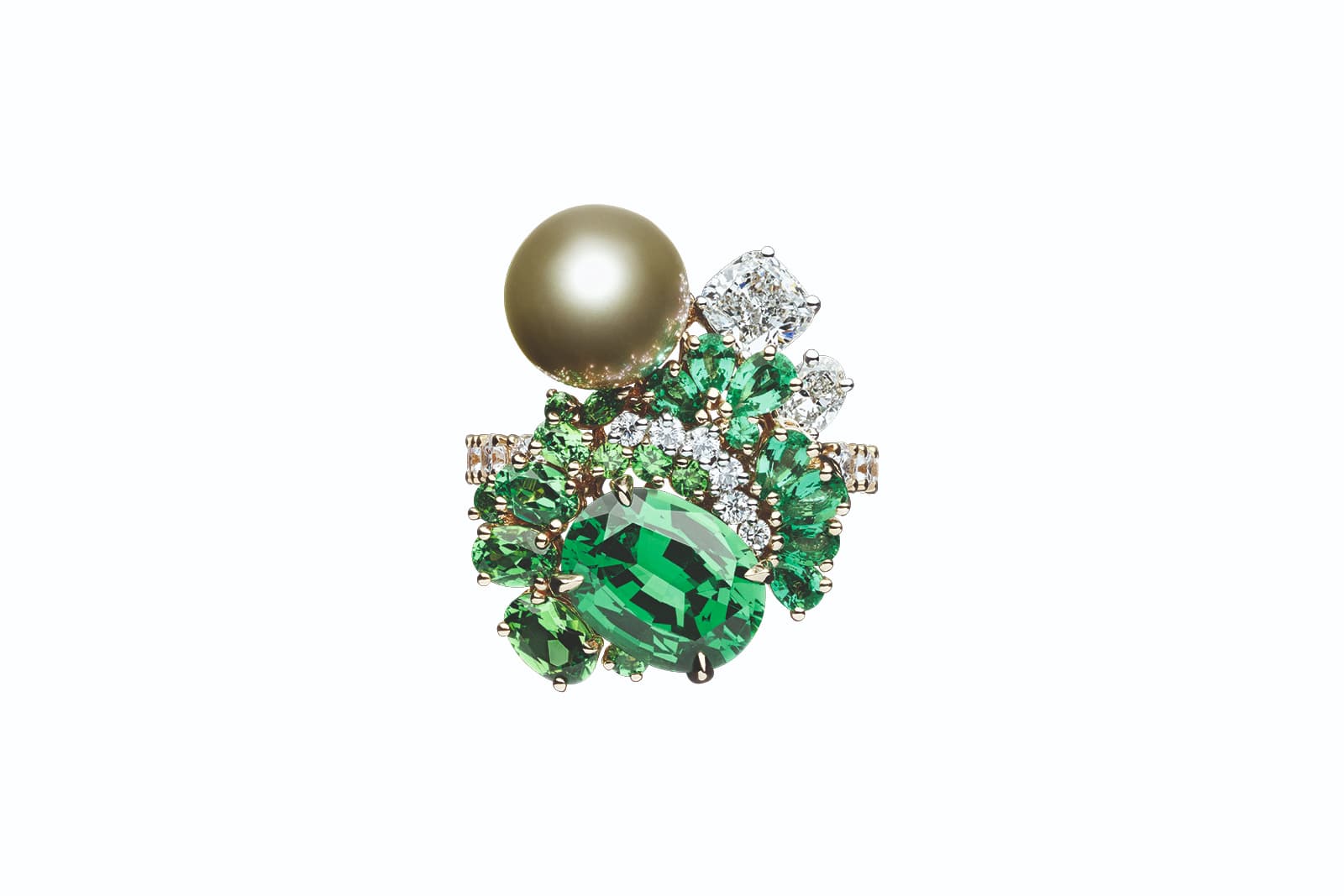
Dior
Dior
Tie & Dior High Jewellery ring with pearls, diamonds and emeralds
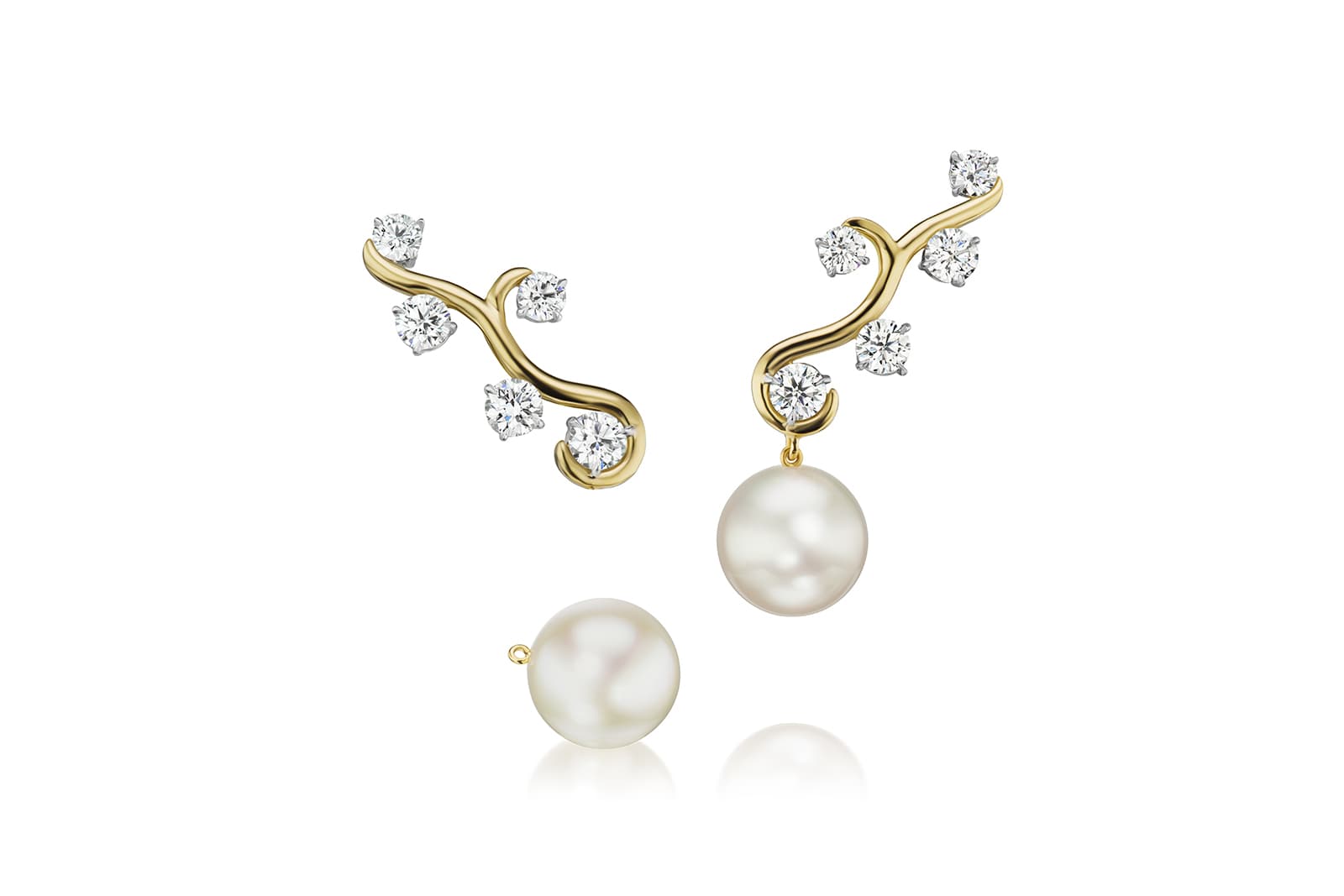
Assael
Assael
White pearl and diamond earrings with a detachable pearl drop
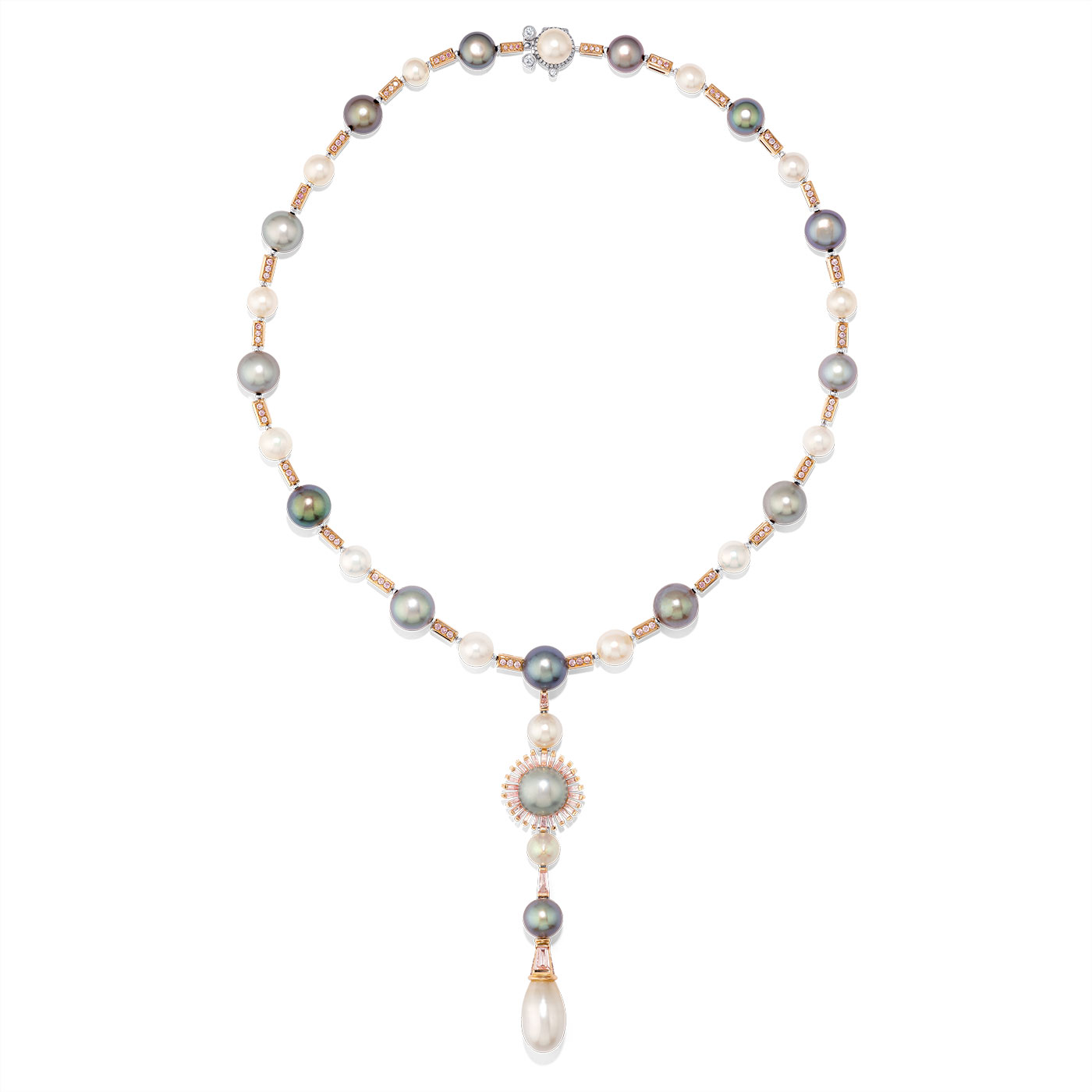
David Morris
David Morris
Two Seas necklace with 71ct natural black pearls, 46ct natural white pearls, 1.5ct natural coloured pearls, 2ct pink diamonds and 0.5ct white diamonds
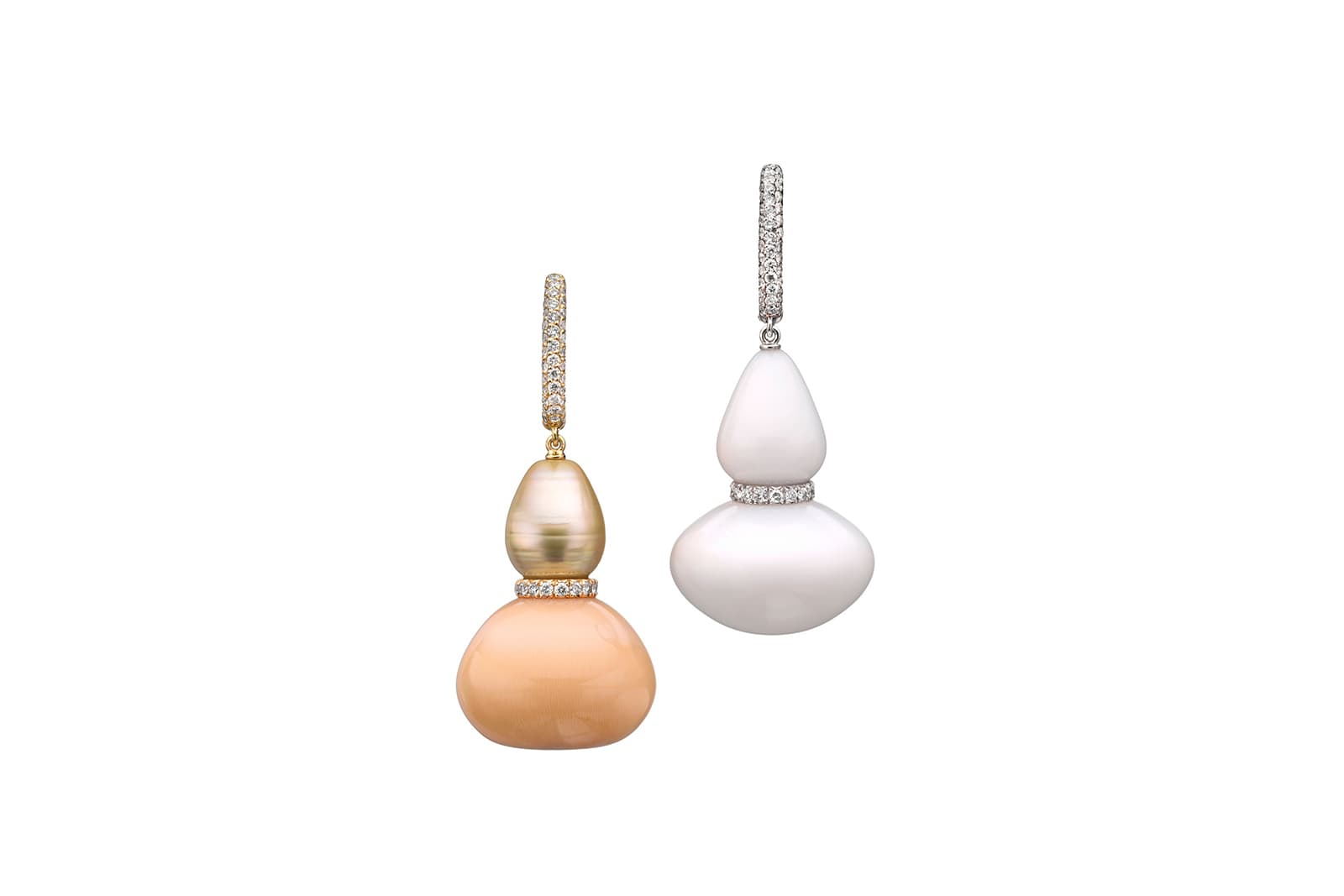
Boghossian
Boghossian
Asymmetric natural pearl and diamond earrings
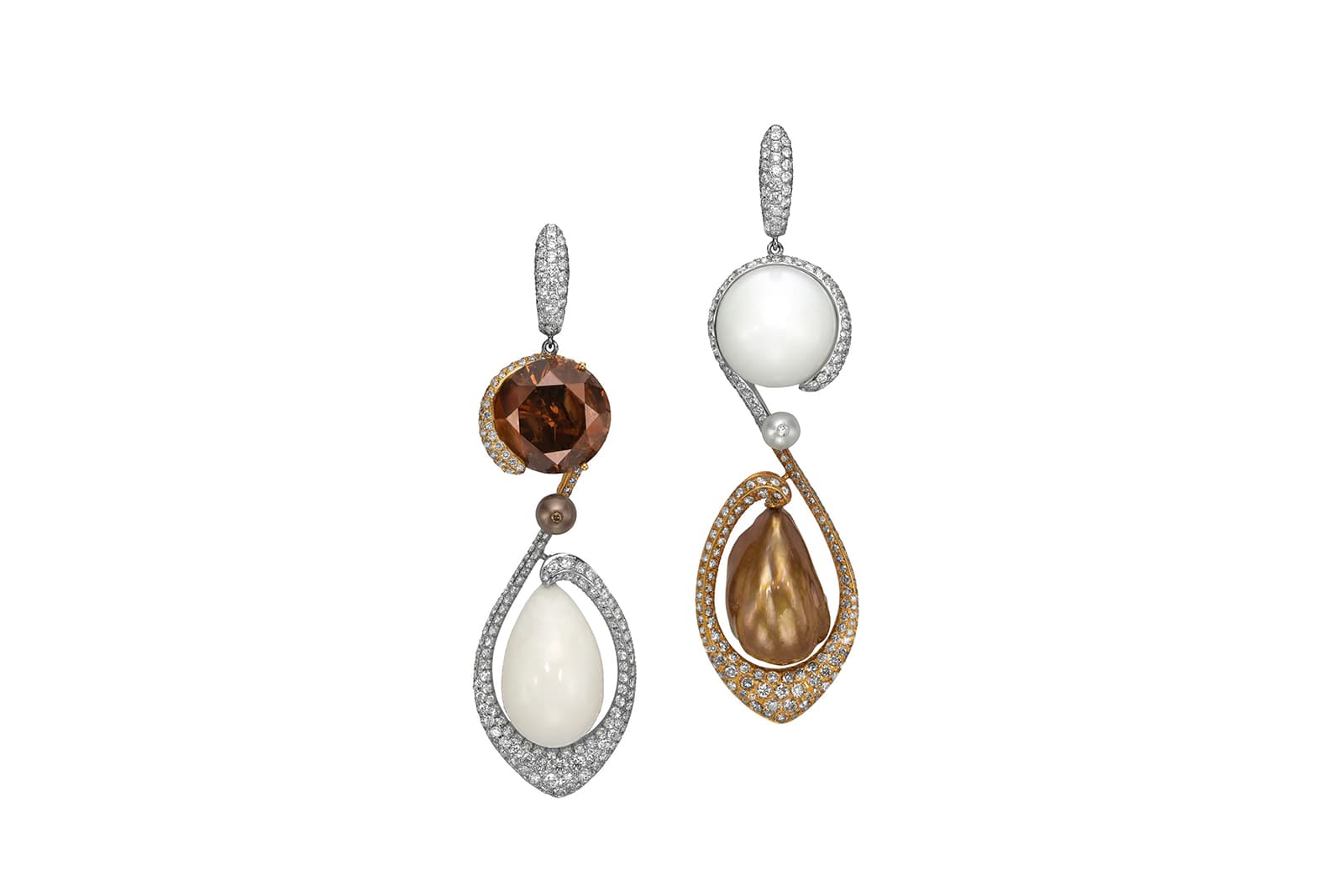
Boghossian
Boghossian
Fancy deep orangy brown diamond and natural pearl earrings
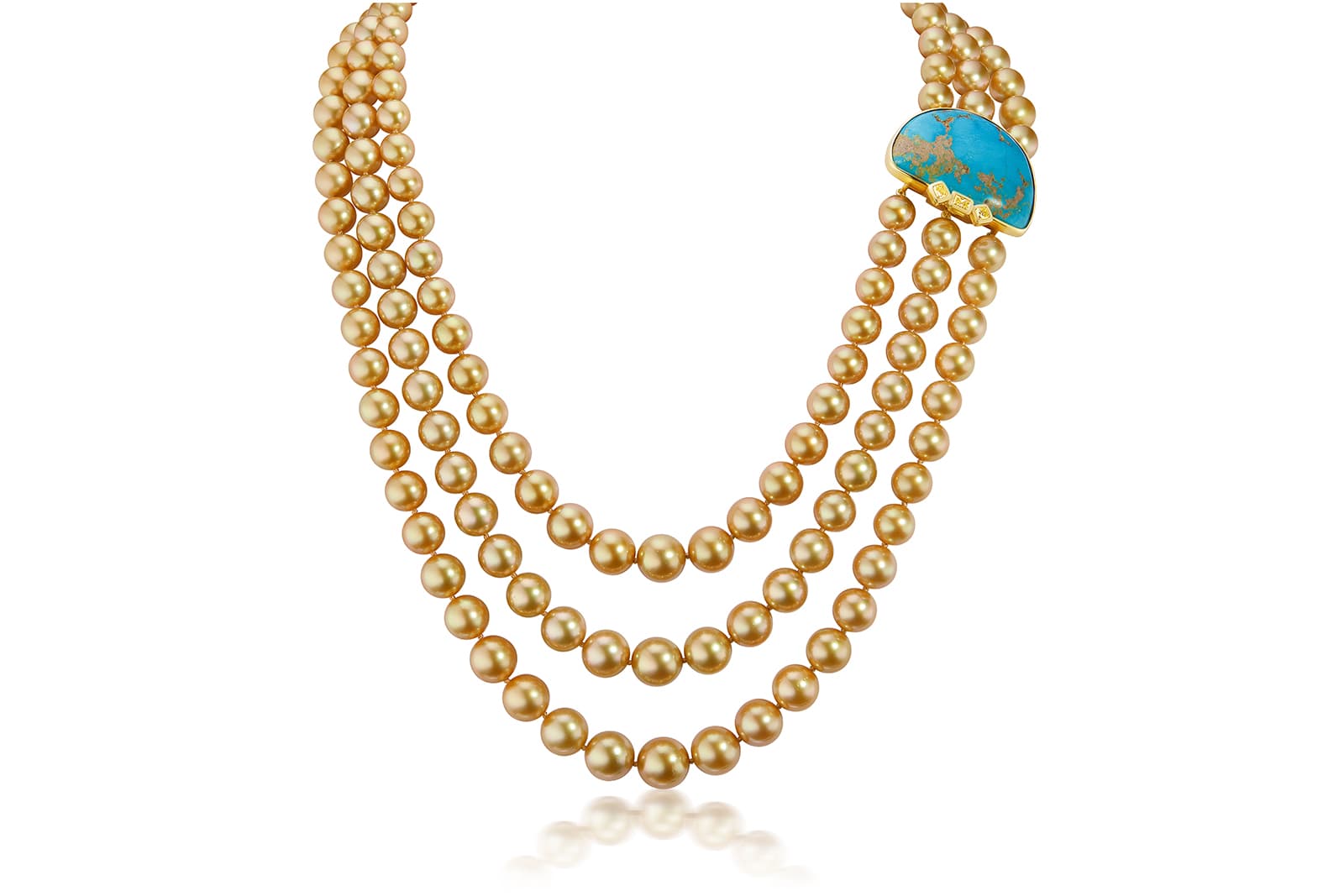
Assael
Assael
Golden South Sea pearl three-strand necklace with a natural turquoise clasp
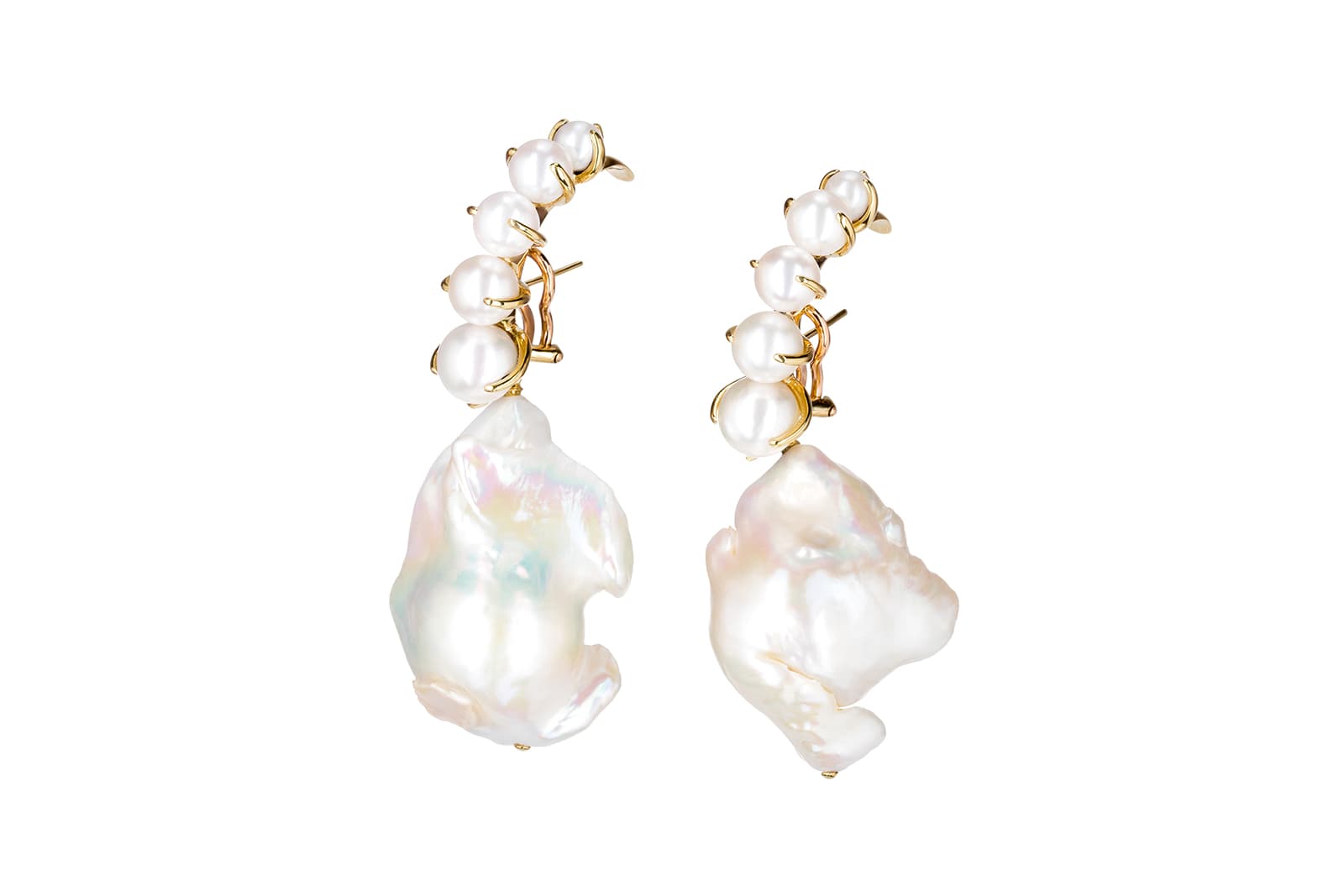
Ana Khouri
Ana Khouri
Baroque pearl and 18k yellow gold earrings
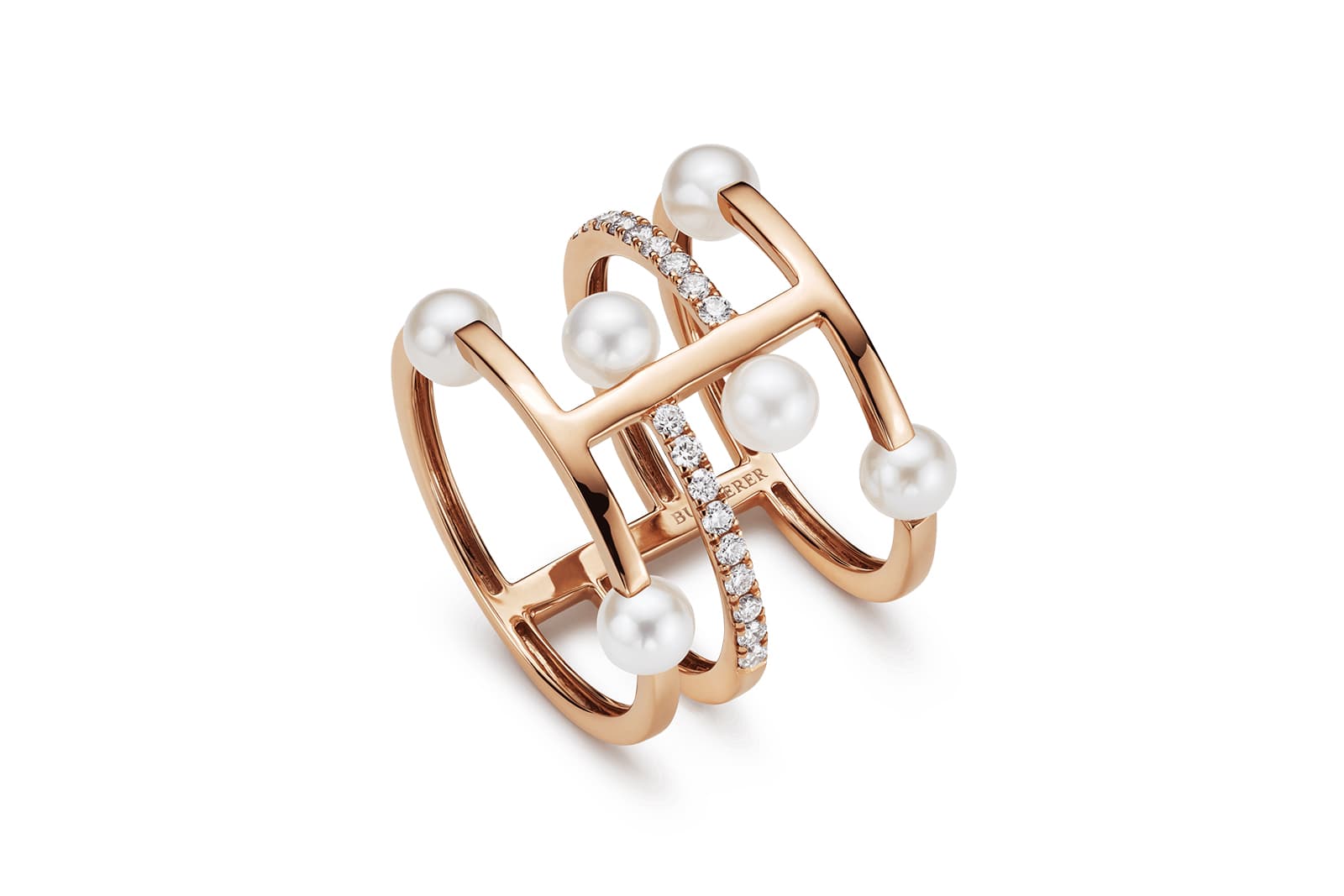
Bucherer
Bucherer
Mini Pearls ring in 18k rose gold with diamonds
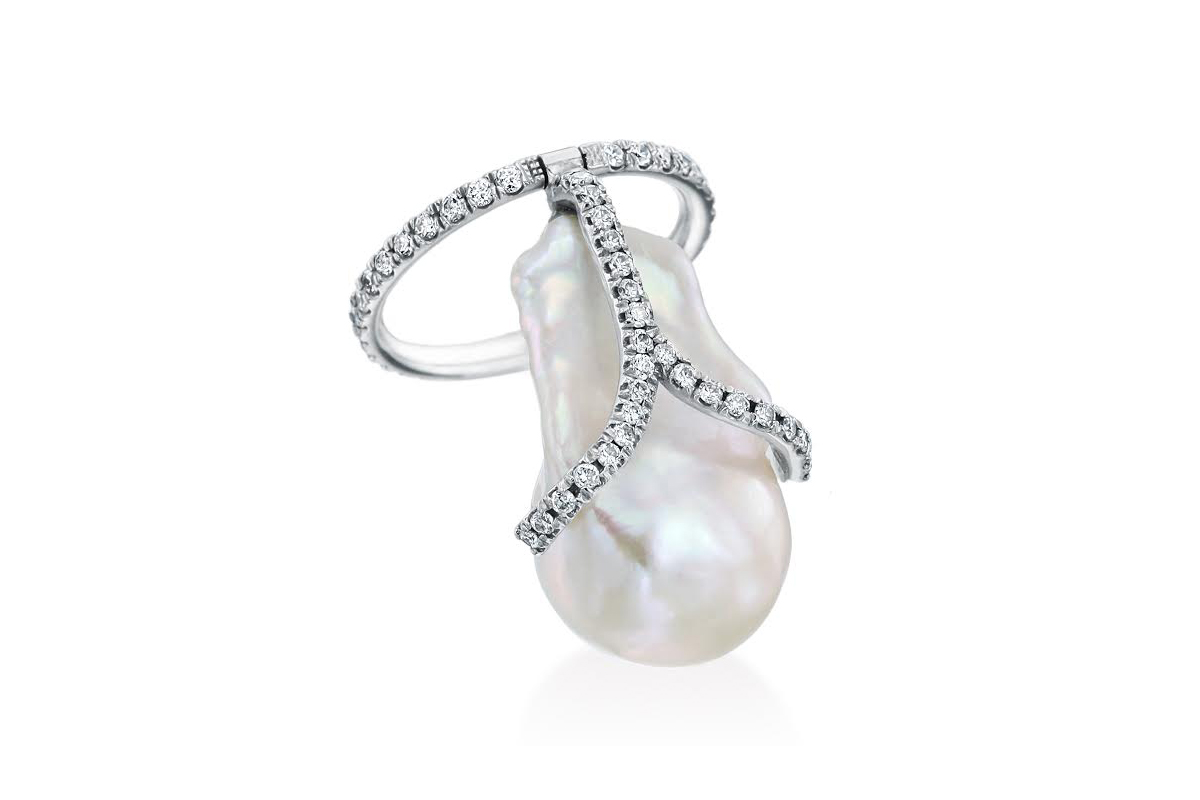
Nina Runsdorf
Nina Runsdorf
Baroque pearl and diamond ring
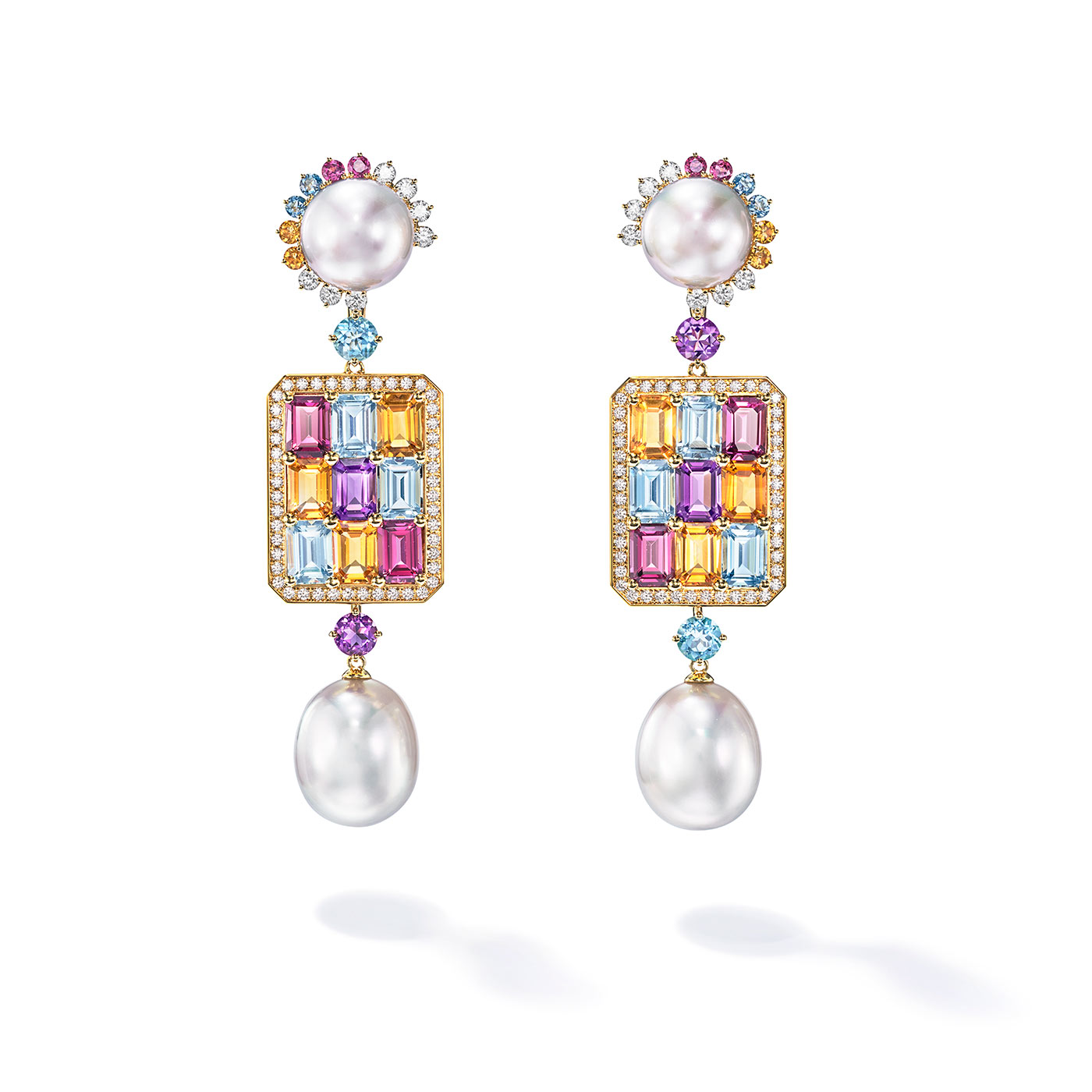
Tasaki
Tasaki
Sunset Glow earrings with South Sea pearls, diamonds, topaz, citrine, garnet, aquamarine
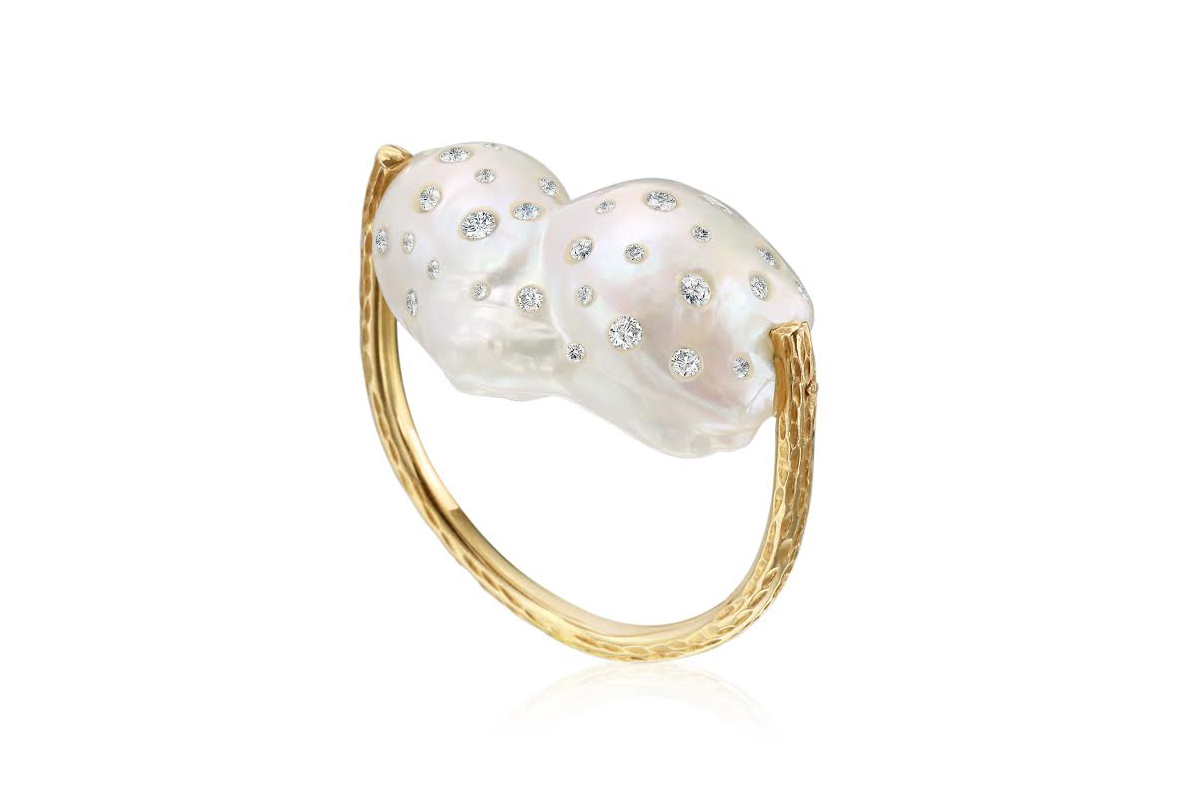
Nina Runsdorf
Nina Runsdorf
Baroque pearl ring inlaid with diamonds on a yellow gold band
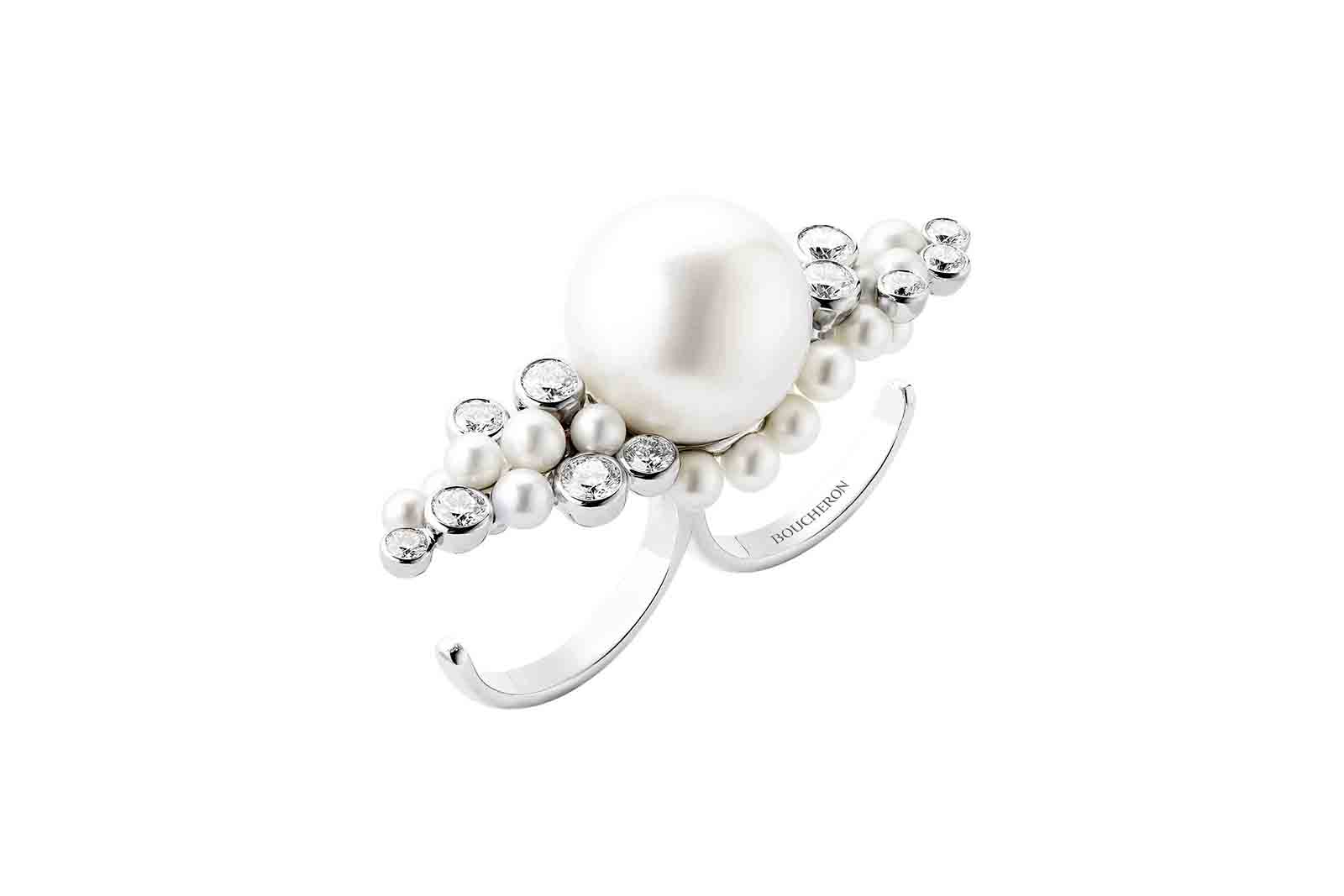
Boucheron
Boucheron
Perles de Plume cultured pearl and diamond ring in 18k white gold
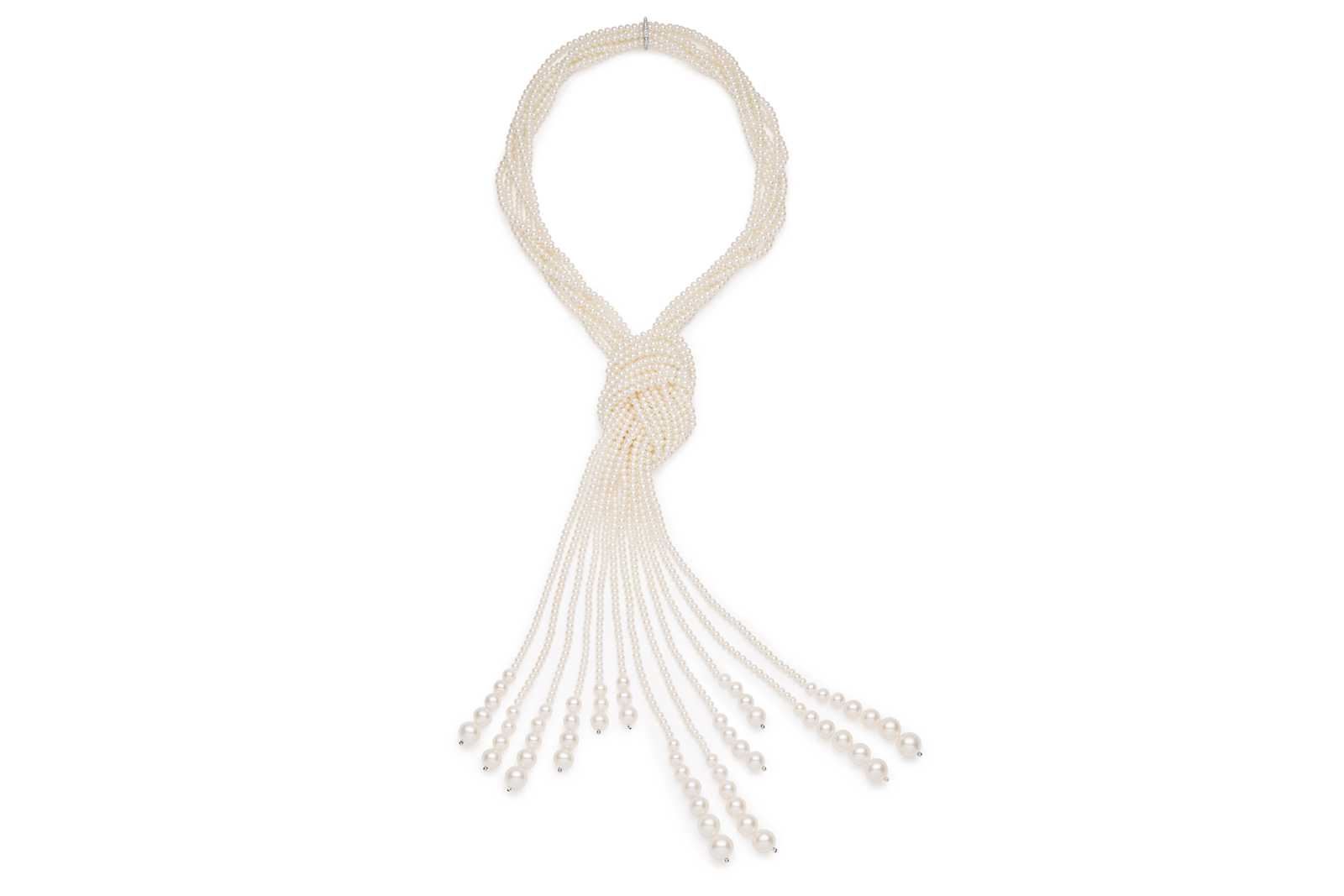
Bucherer
Bucherer
Multi-strand white pearl necklace with graduating pearl tassels
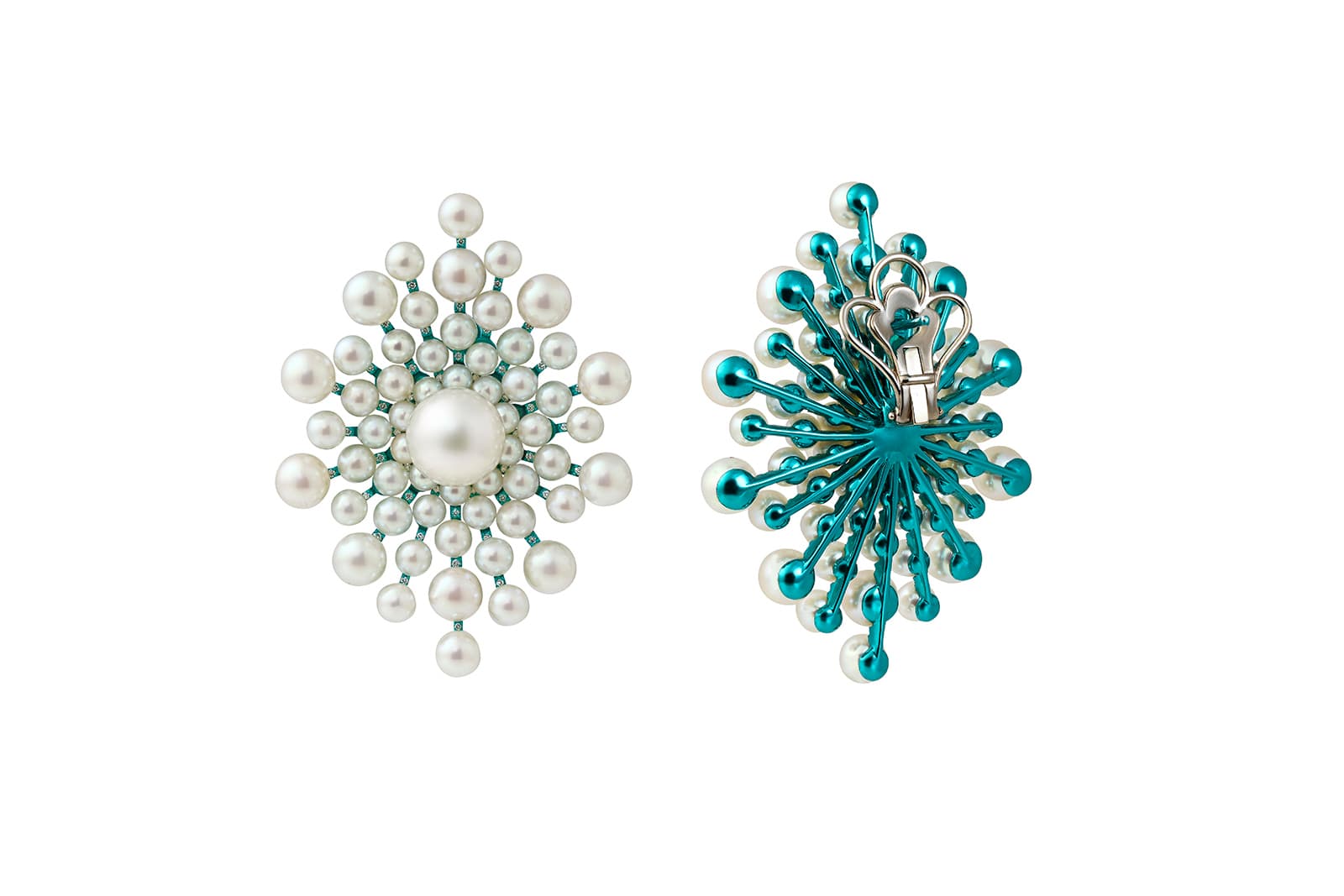
Sarah Ho
Sarah Ho
Neon Lux earrings with South Sea and Akoya pearls set in colour-coated 18k gold
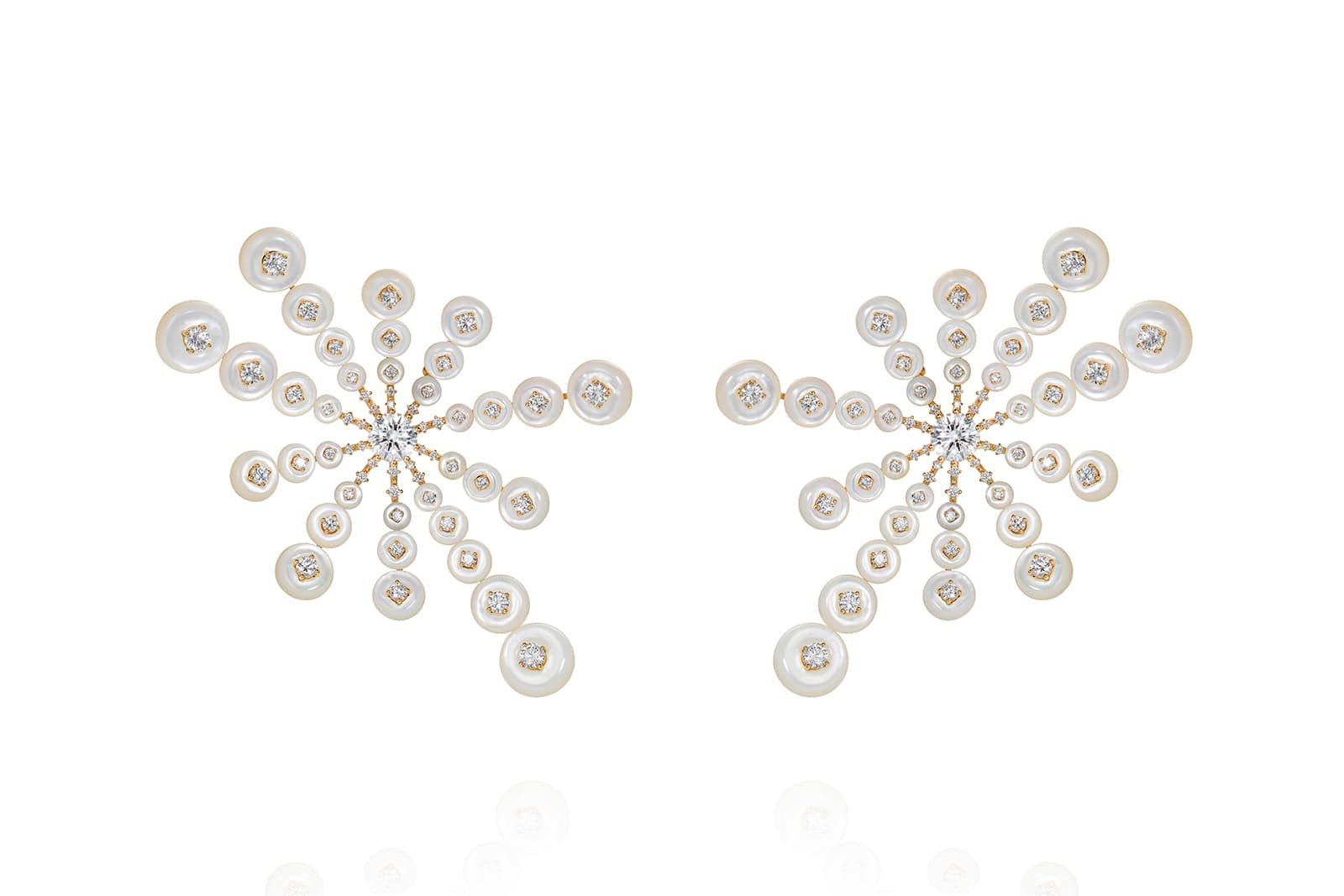
Fernando Jorge
Fernando Jorge
Satellite earrings with mother of pearl and diamonds in 18k yellow gold
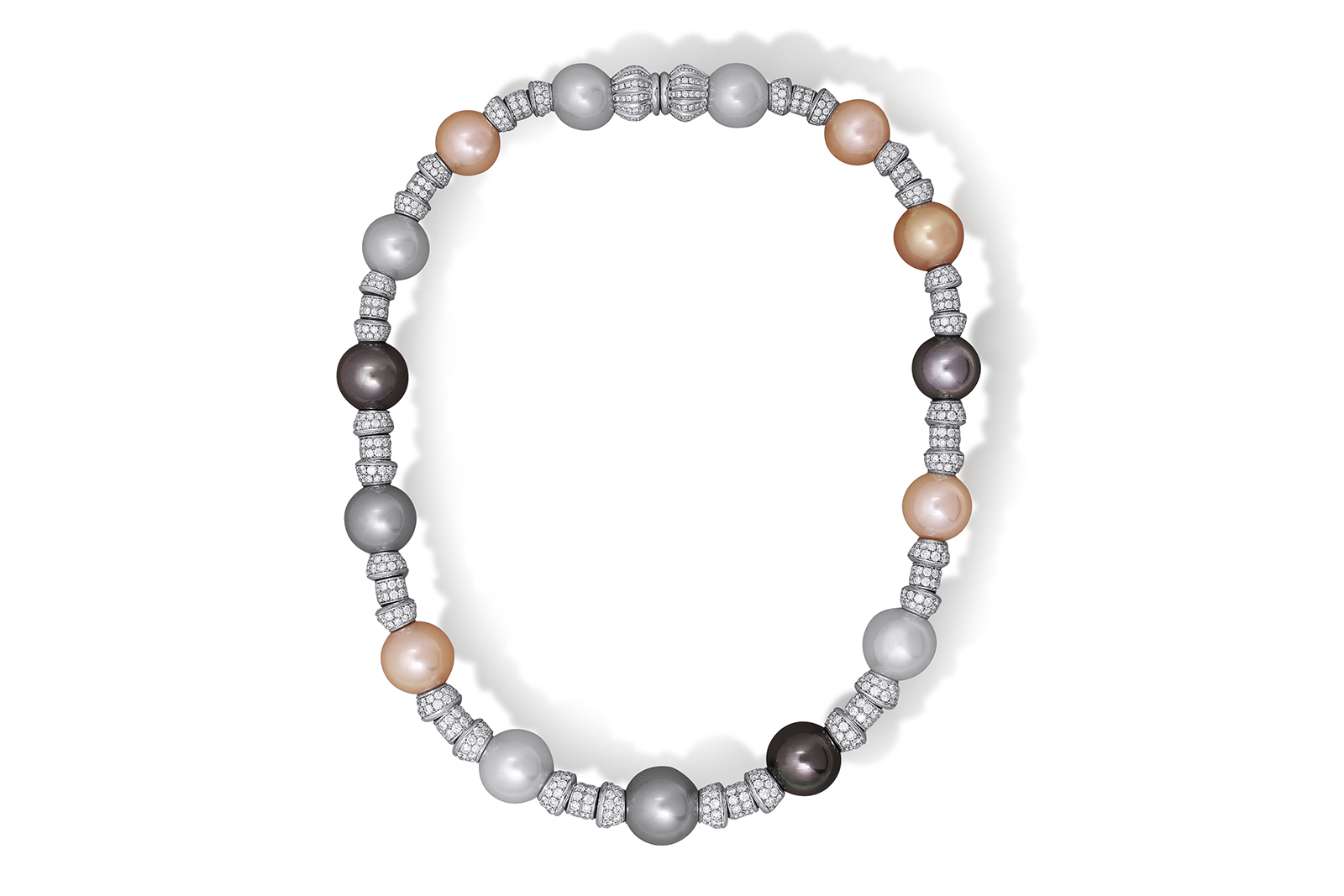
Picchiotti
Picchiotti
Multi-colour pearl and diamond necklace
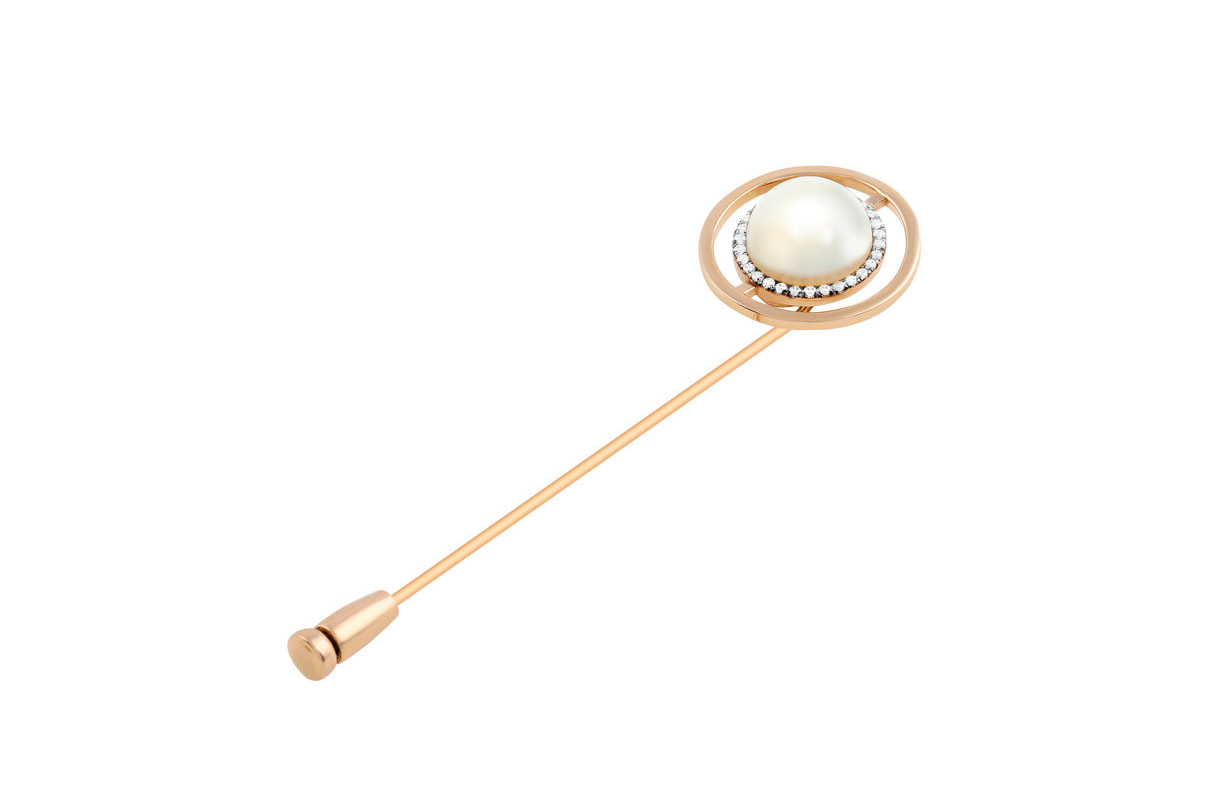
State Property
State Property
Unfold Consonance lapel pin with a pearl and diamonds
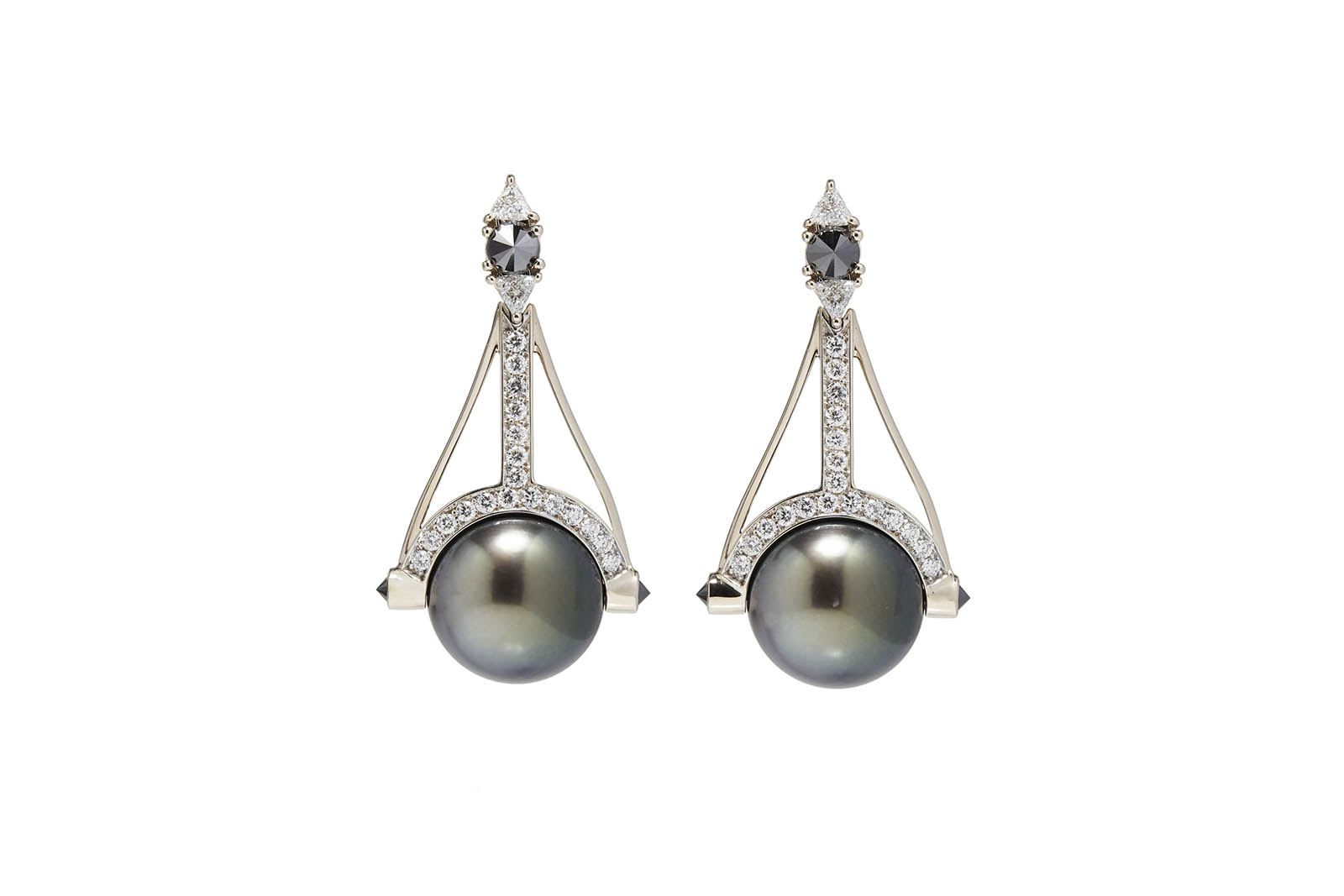
Ara Vartanian
Ara Vartanian
Black pearl earrings with black and colourless diamonds in 18k yellow gold
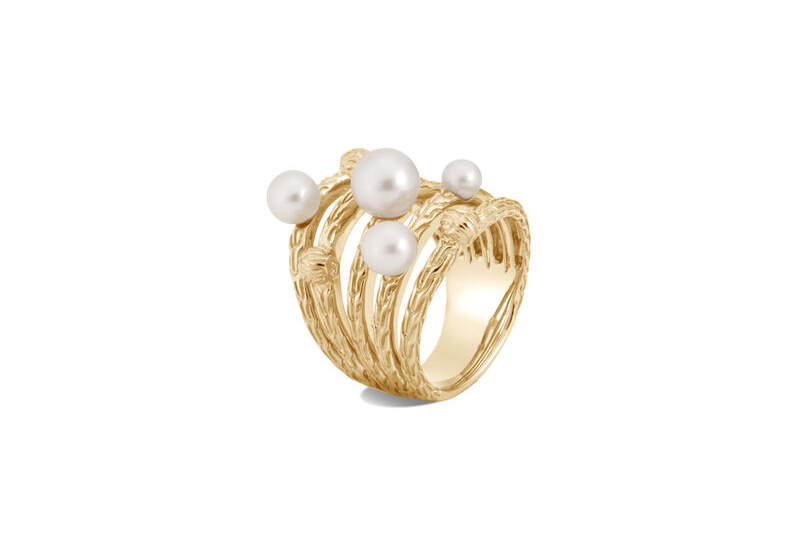
John Hardy
John Hardy
Textured yellow gold ring with pearls
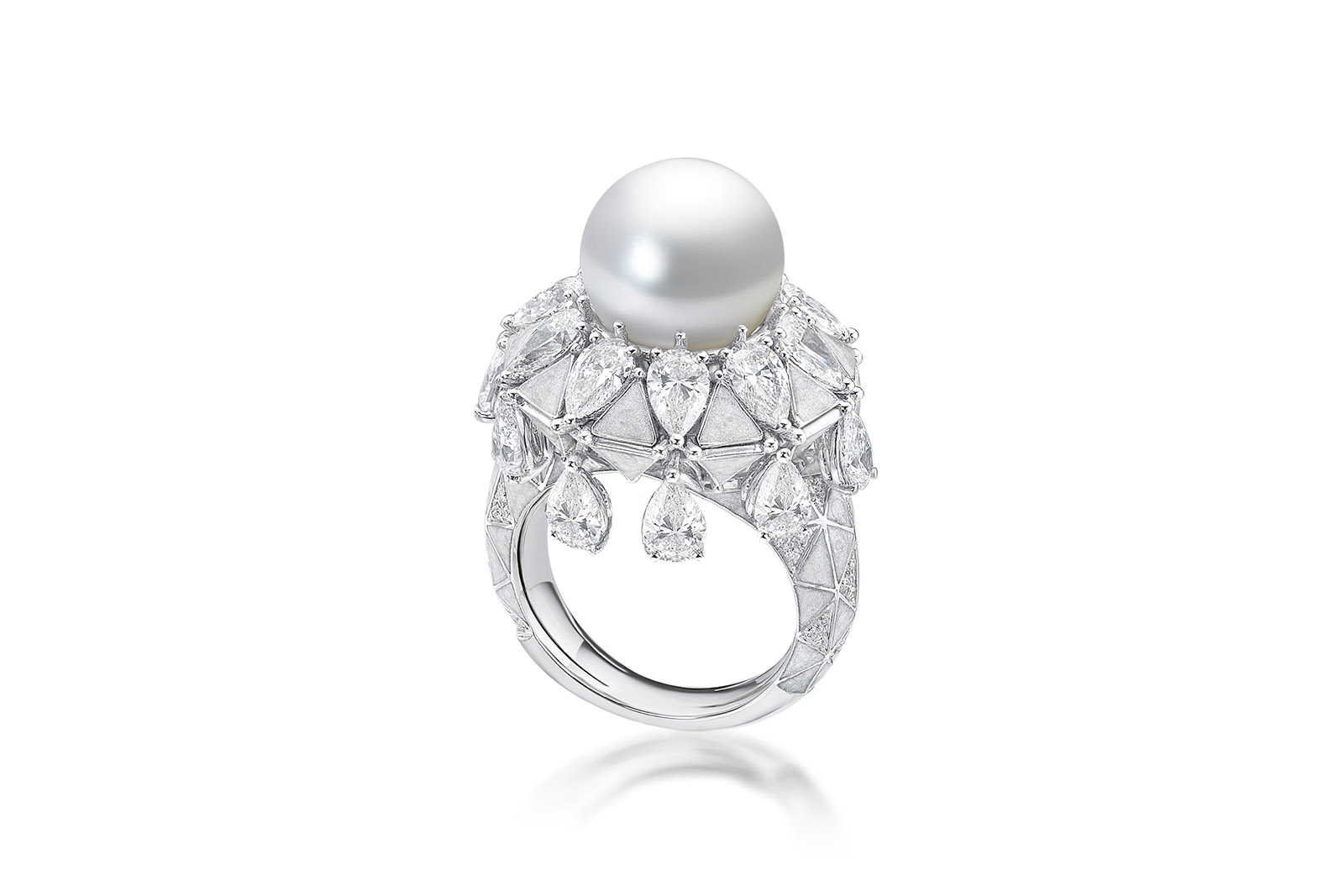
Sarah Ho
Sarah Ho
Arabian pearl and diamond ring from the Full Circle collection
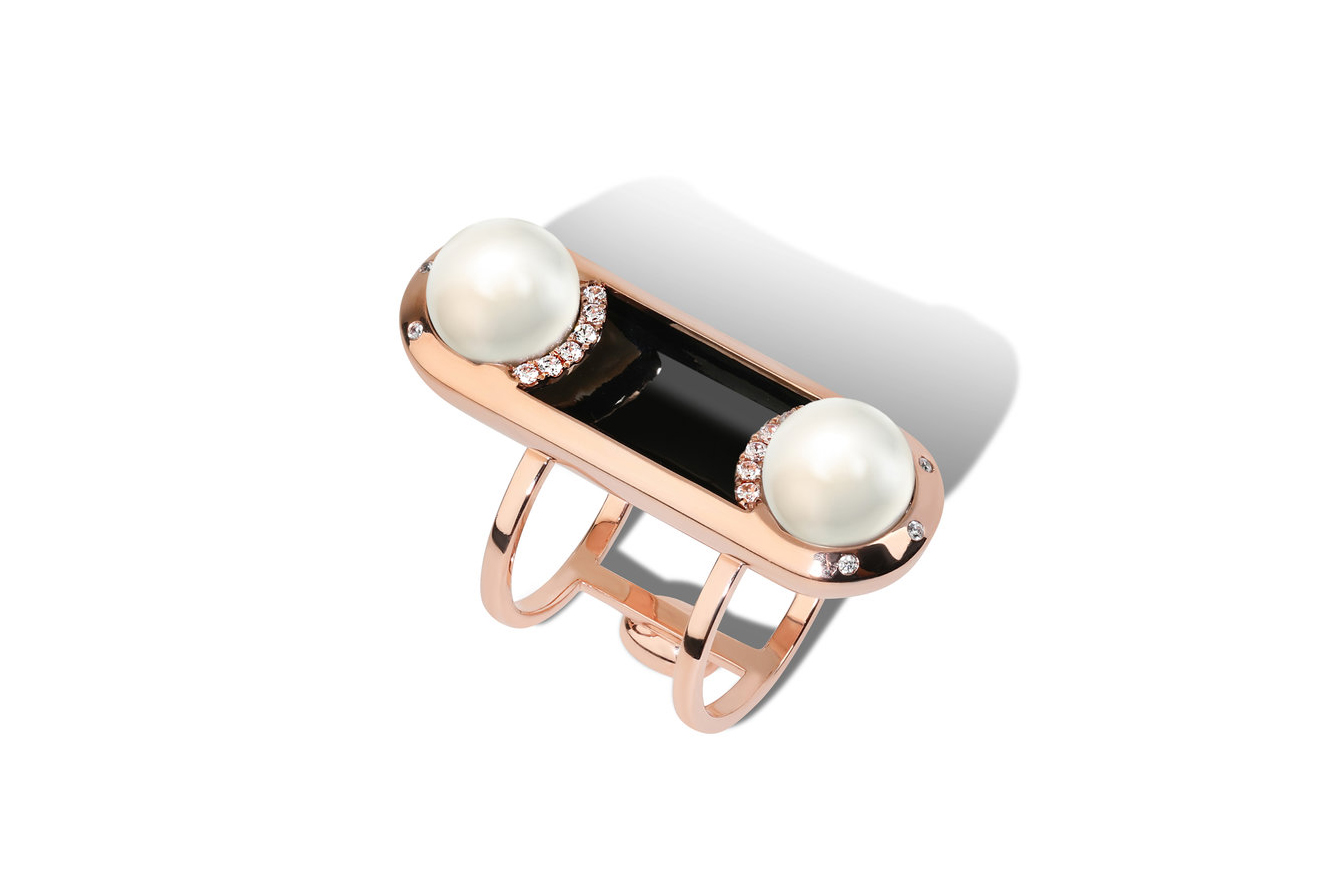
State Property
State Property
Unfold Epilogue ring with pearls and diamonds
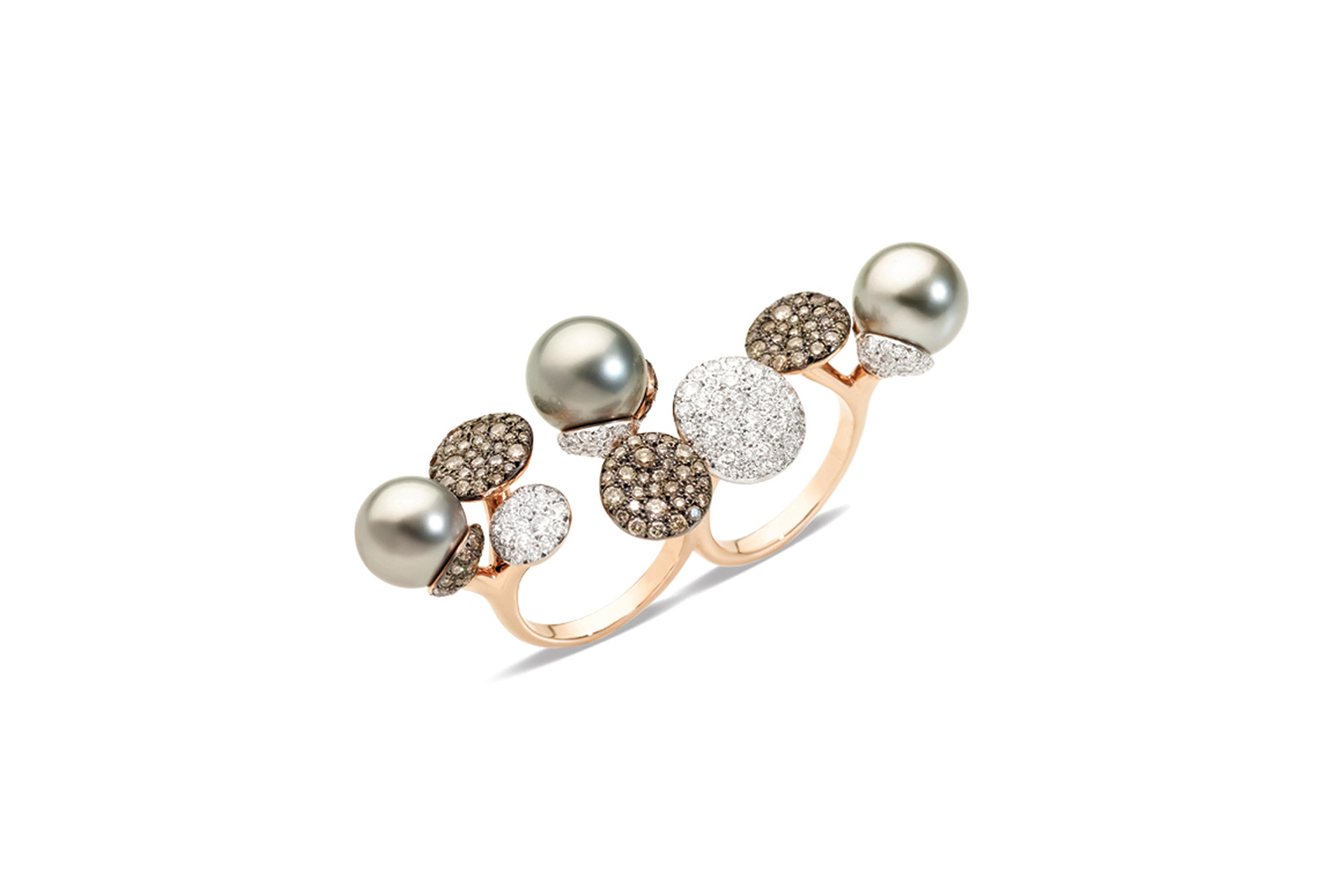
Pomellato
Pomellato
Pearl double finger ring with brown and colourless diamonds
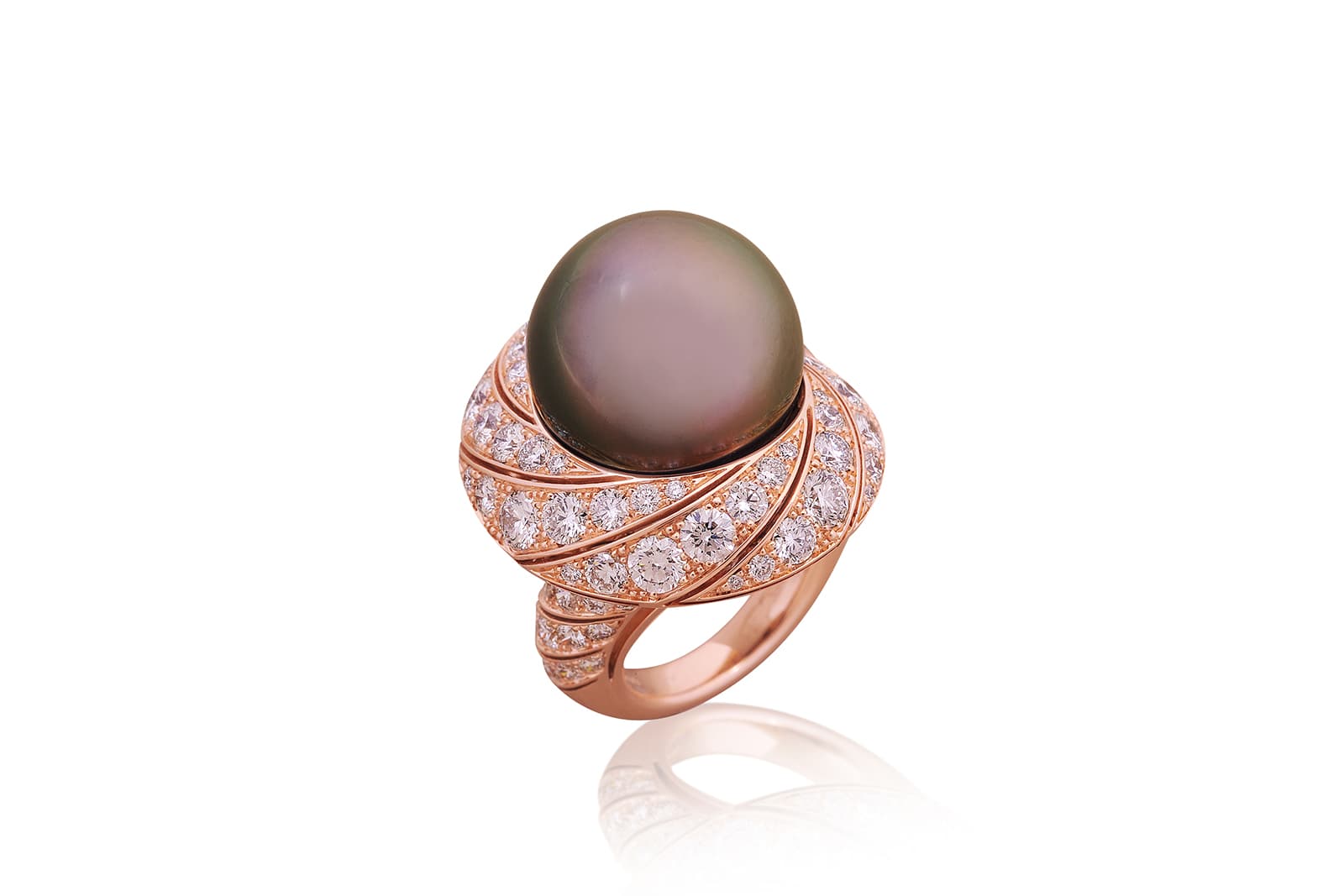
Picchiotti
Picchiotti
Pearl ring in an 18k rose gold setting with round diamonds

WORDS
Katerina Perez is a jewellery insider, journalist and brand consultant with more than 15 years’ experience in the jewellery sector. Paris-based, Katerina has worked as a freelance journalist and content editor since 2011, writing articles for international publications. To share her jewellery knowledge and expertise, Katerina founded this website and launched her @katerina_perez Instagram in 2013.
